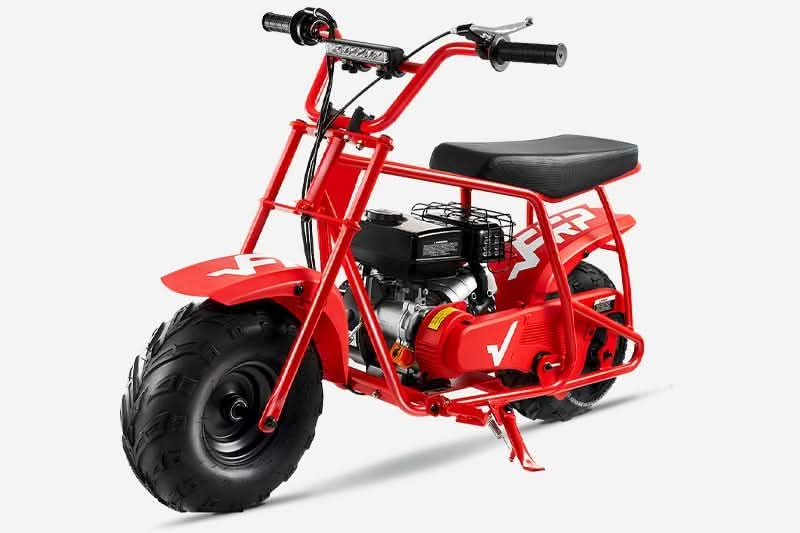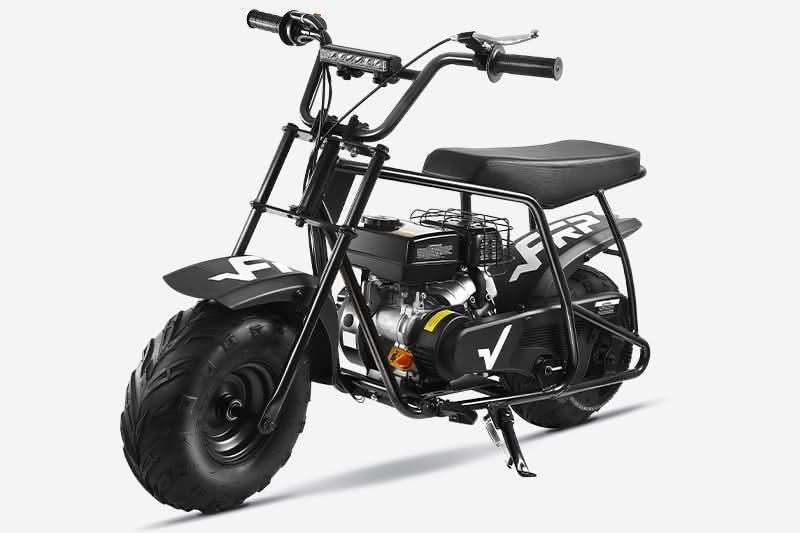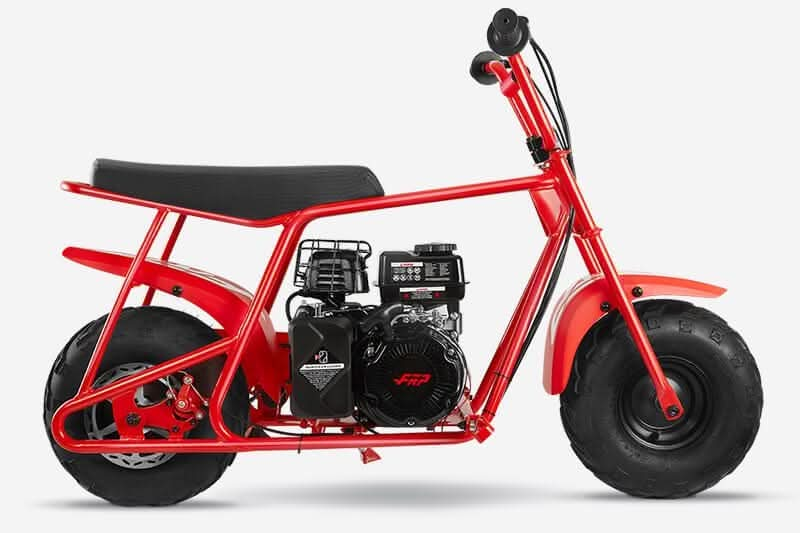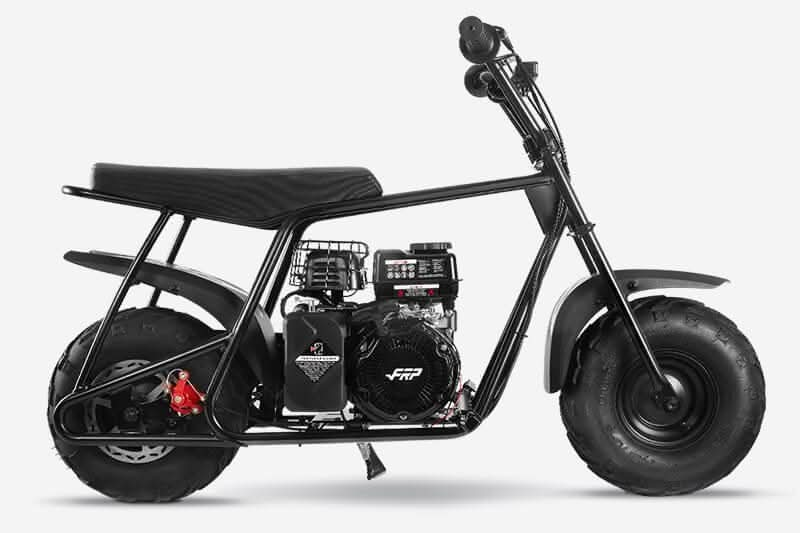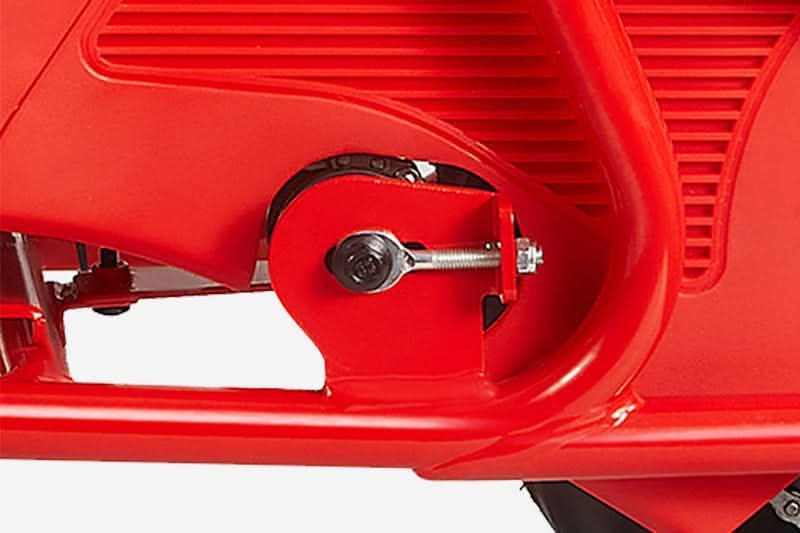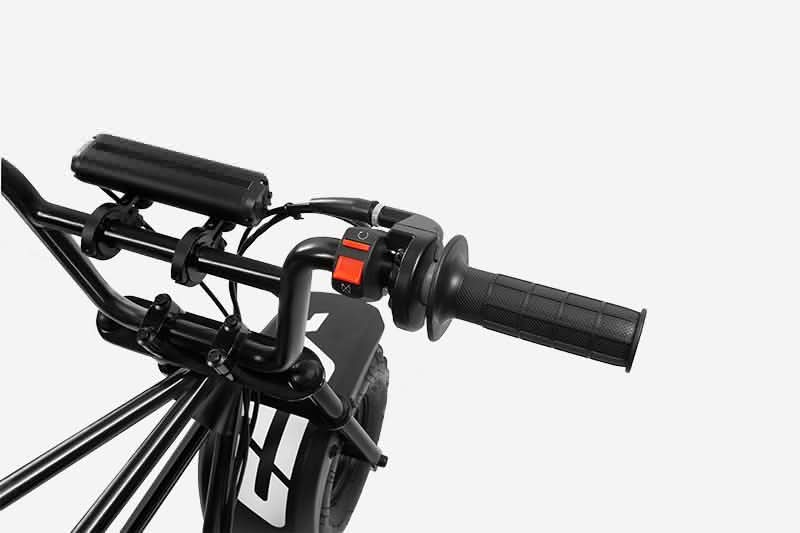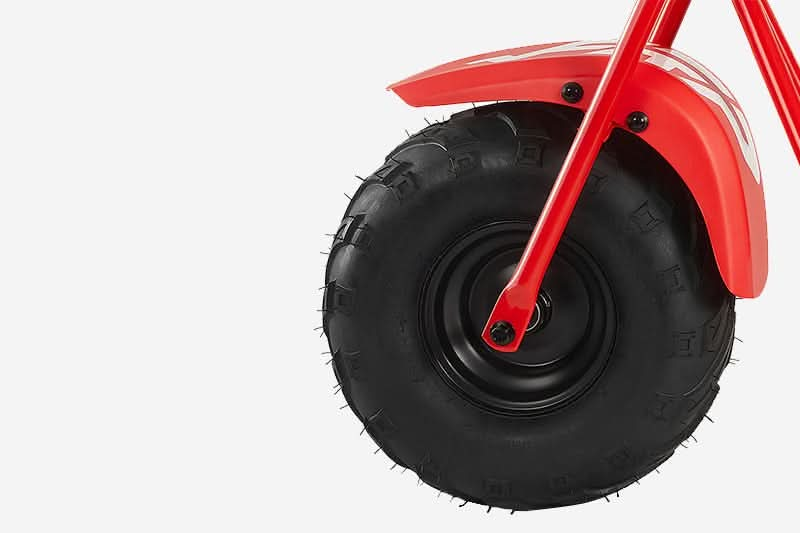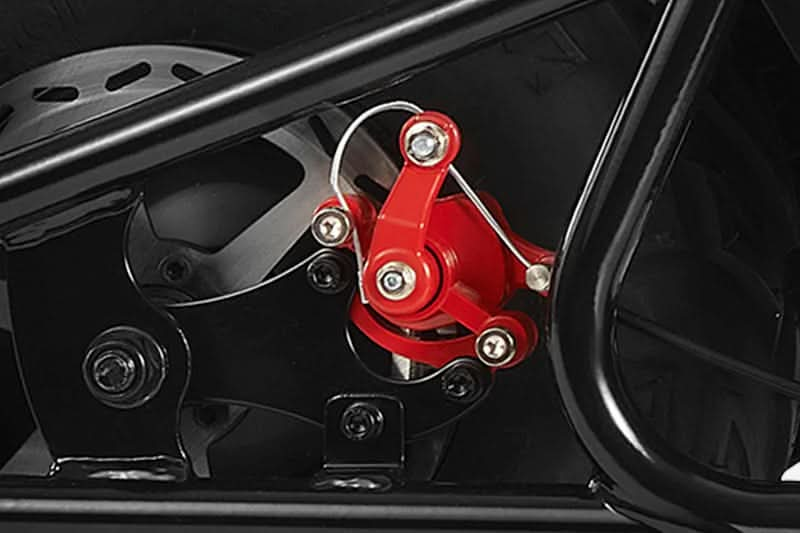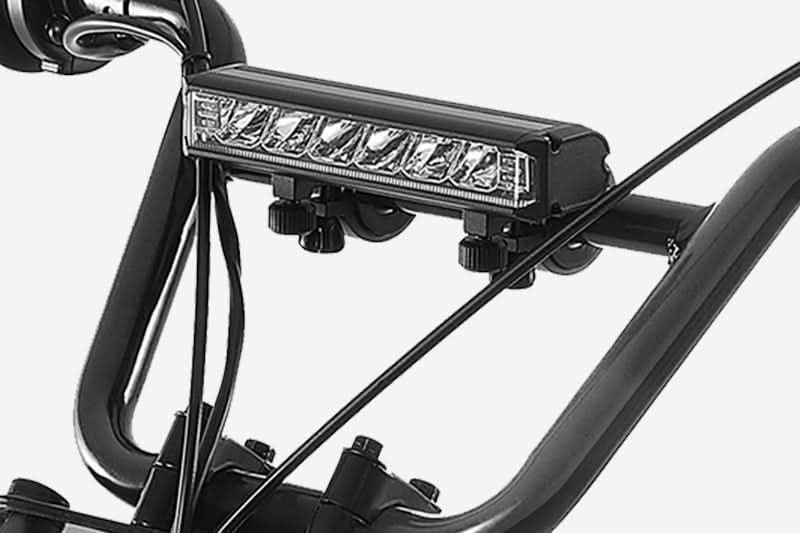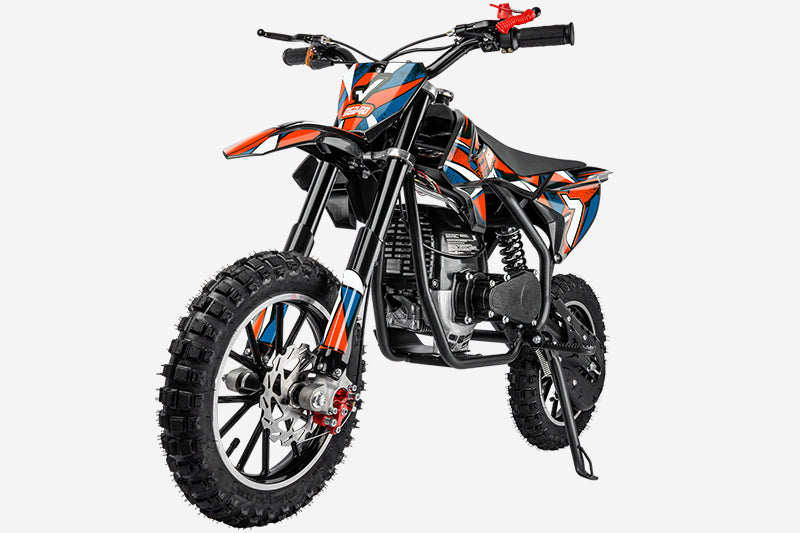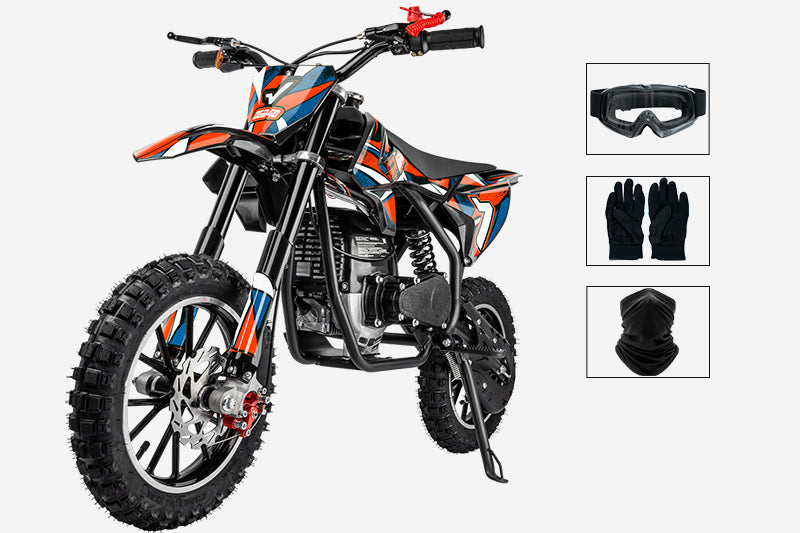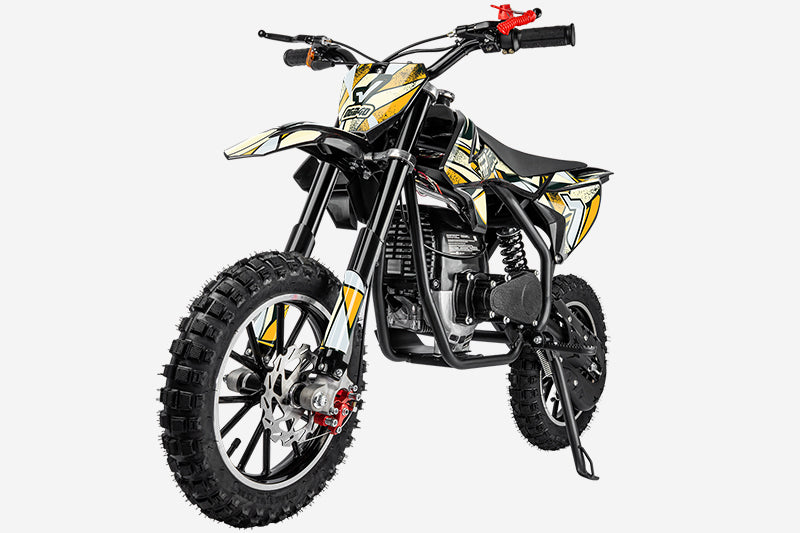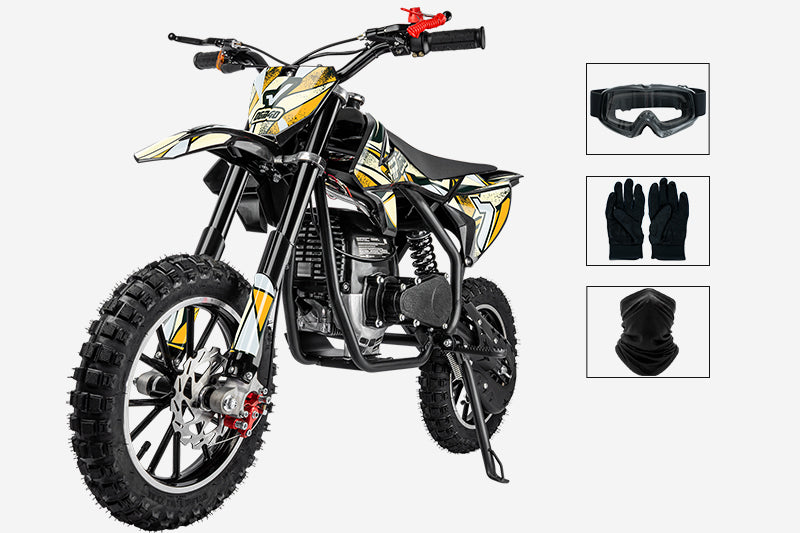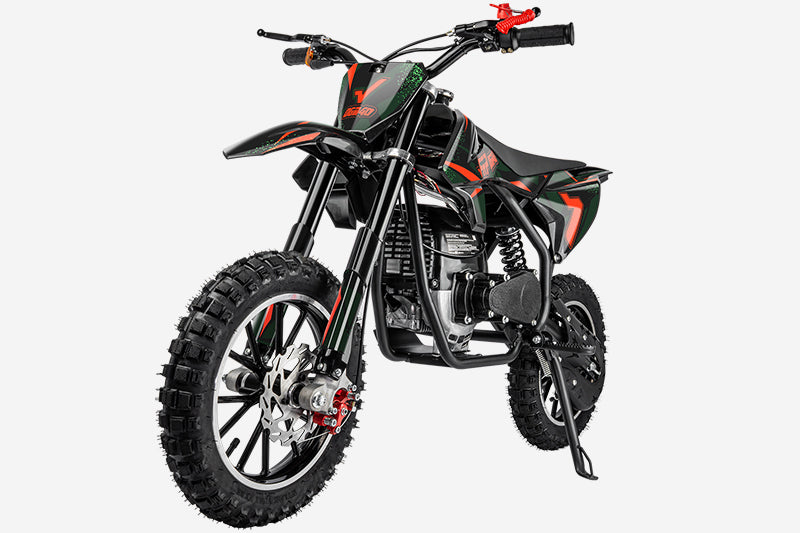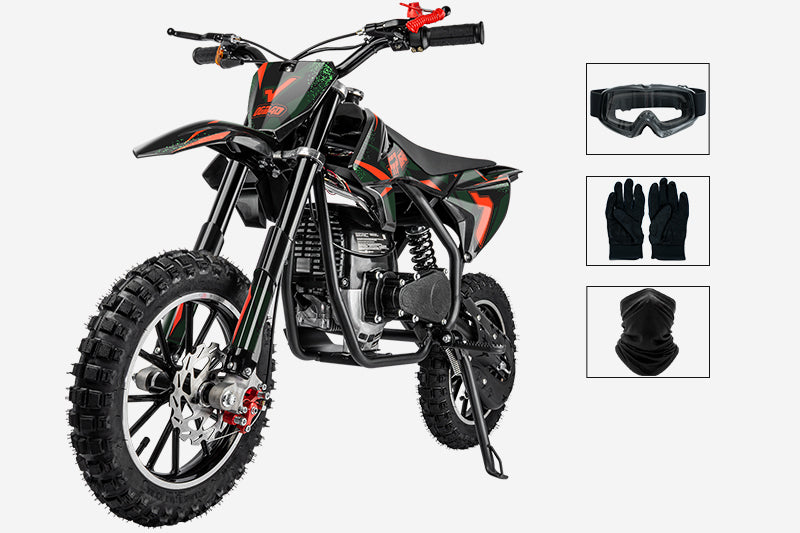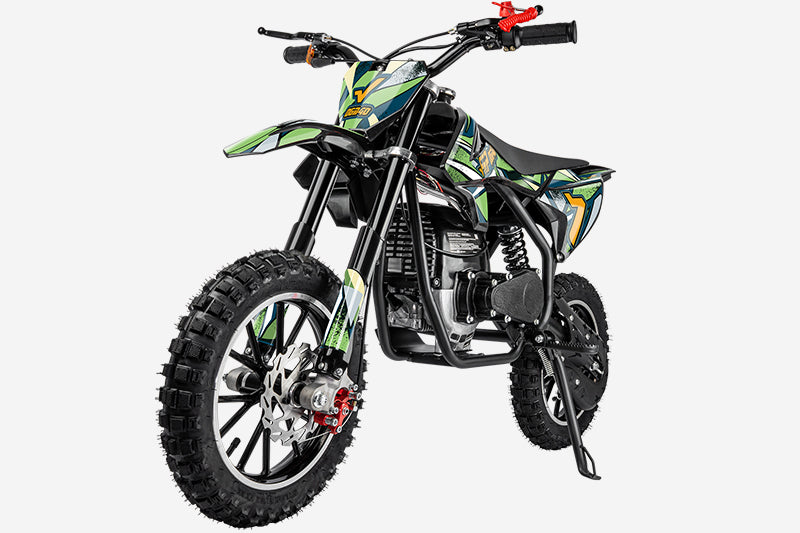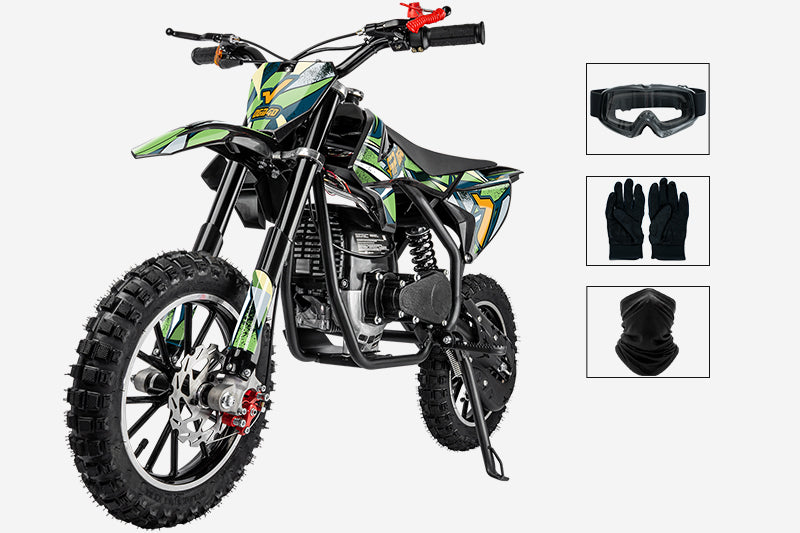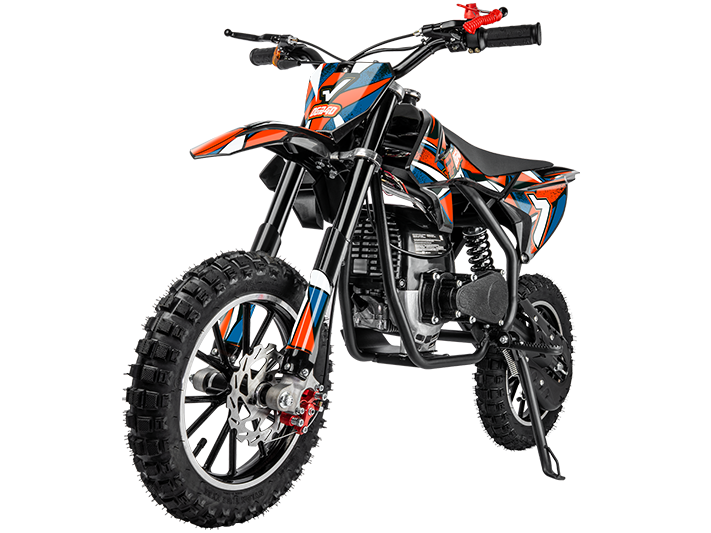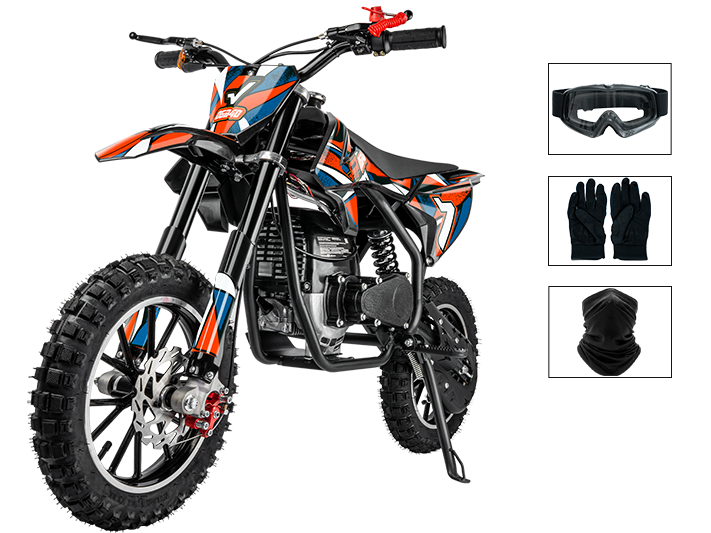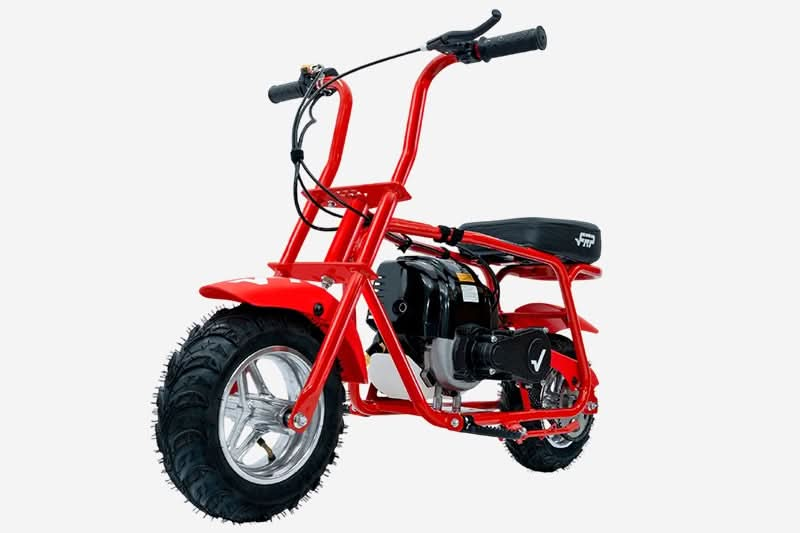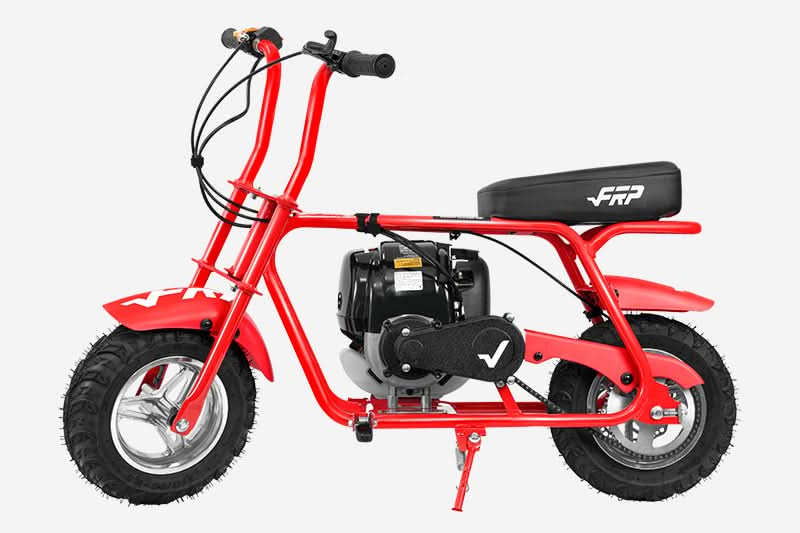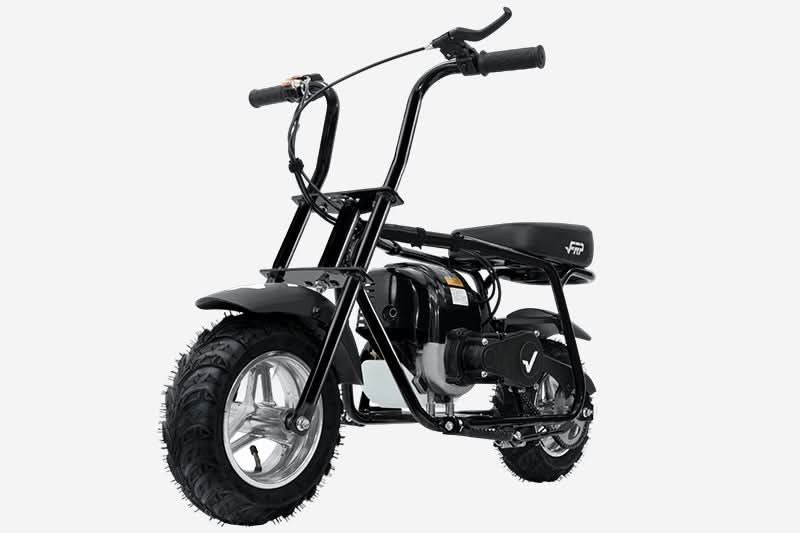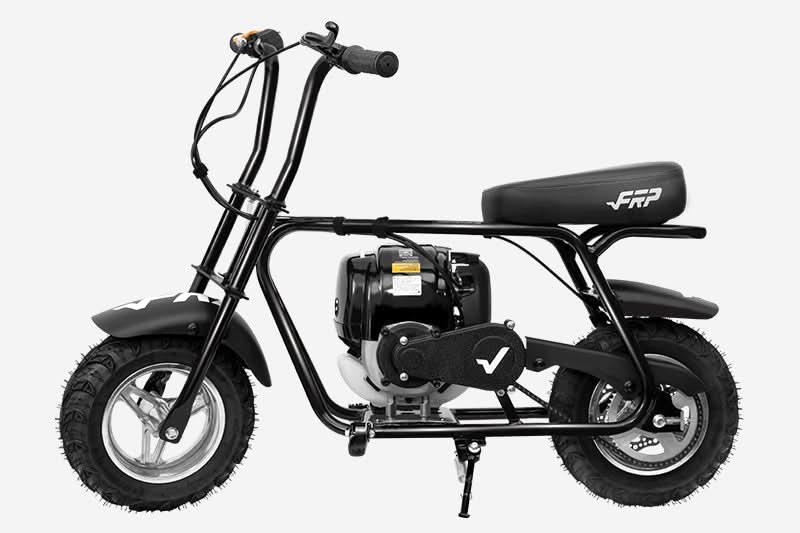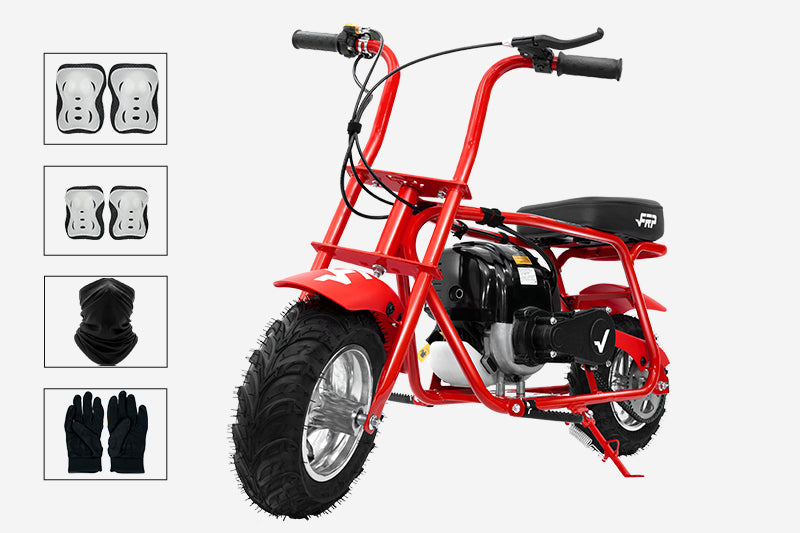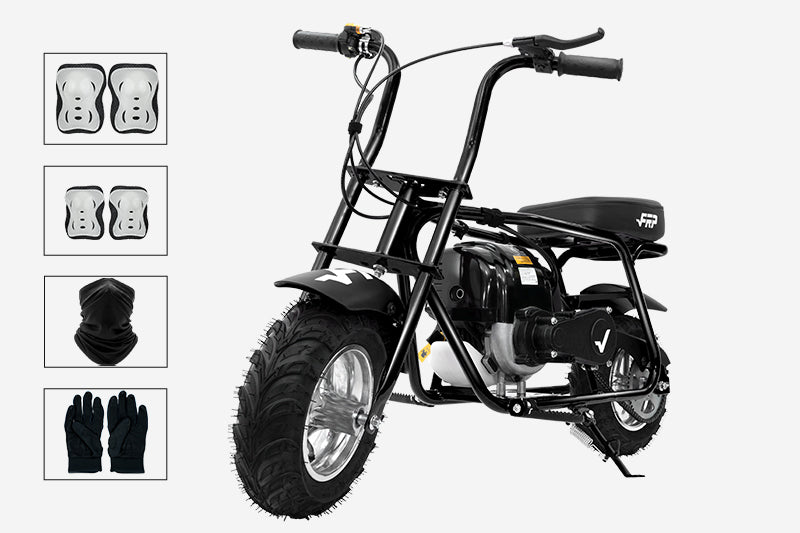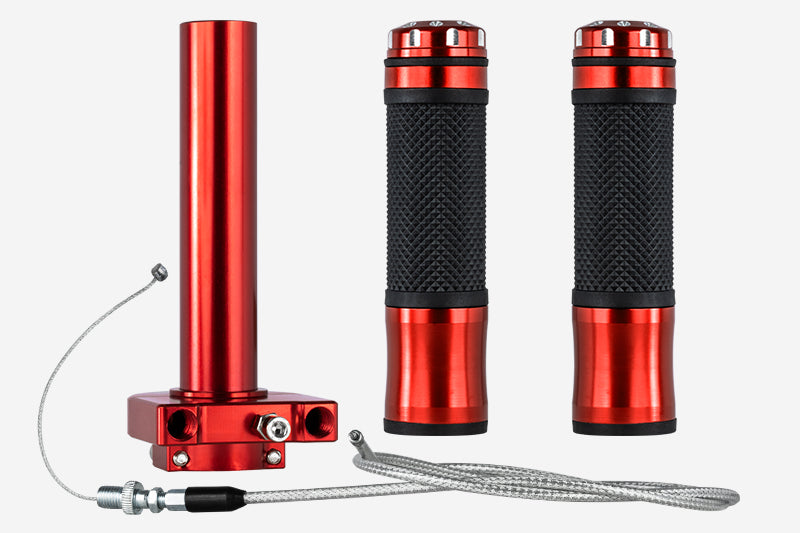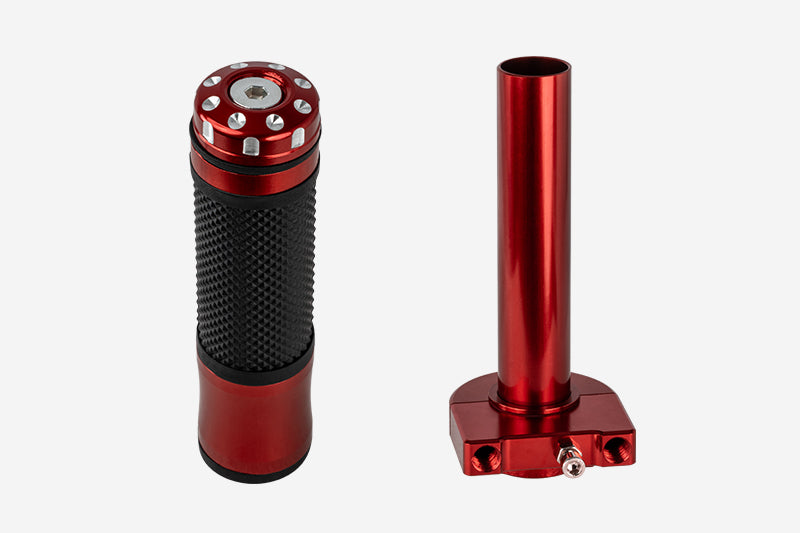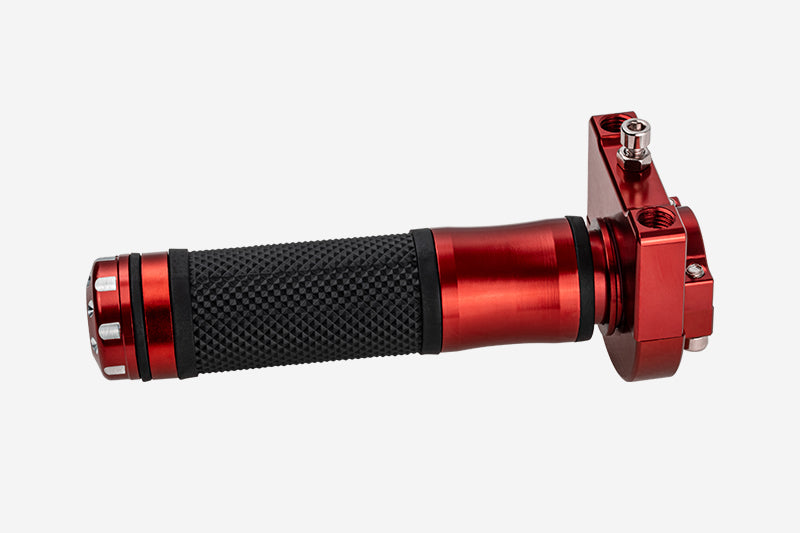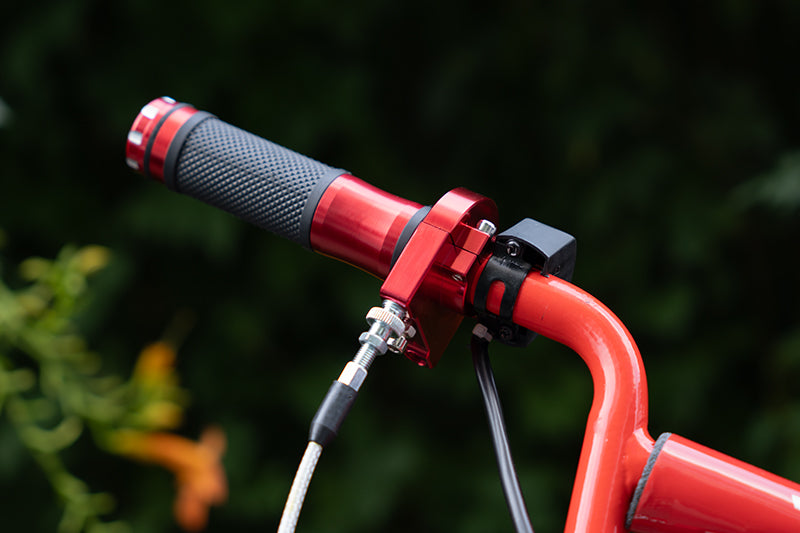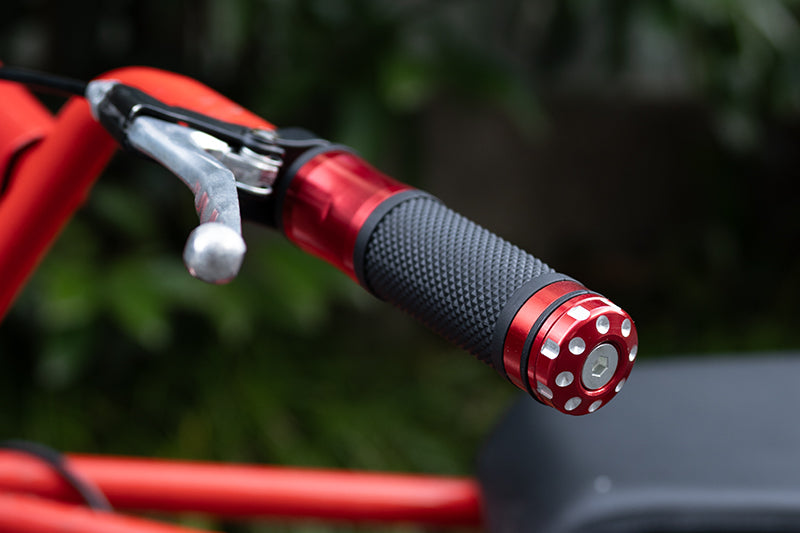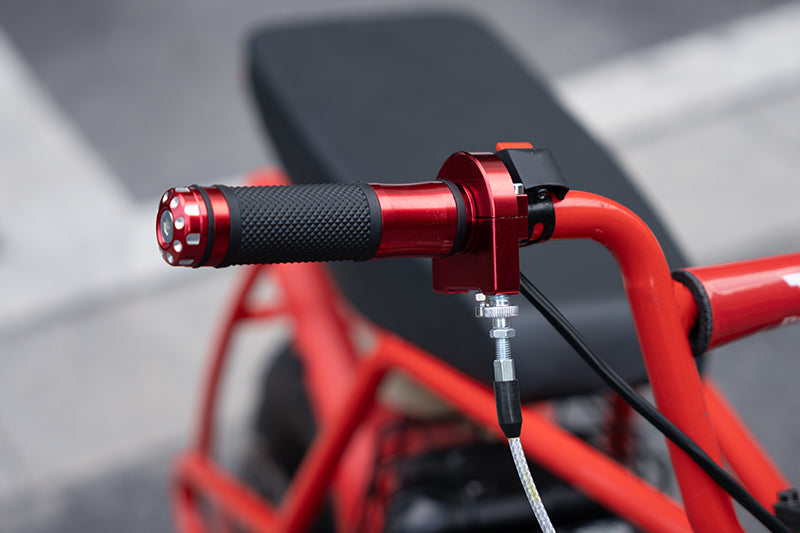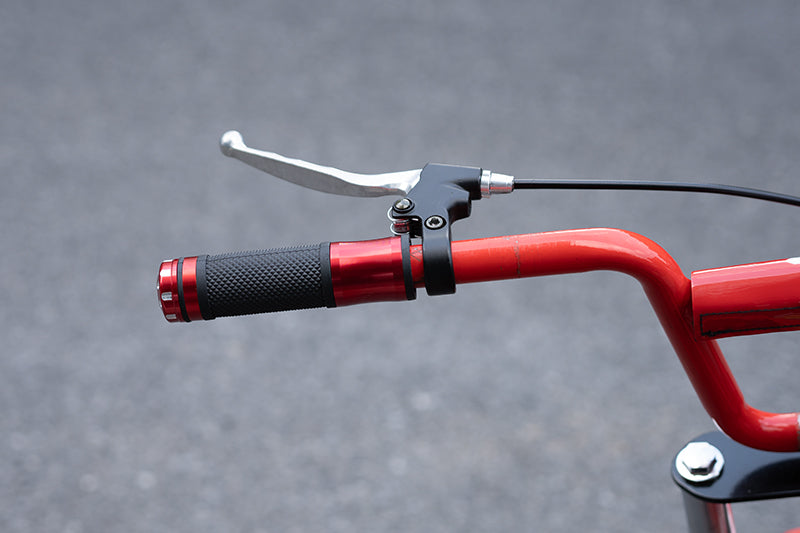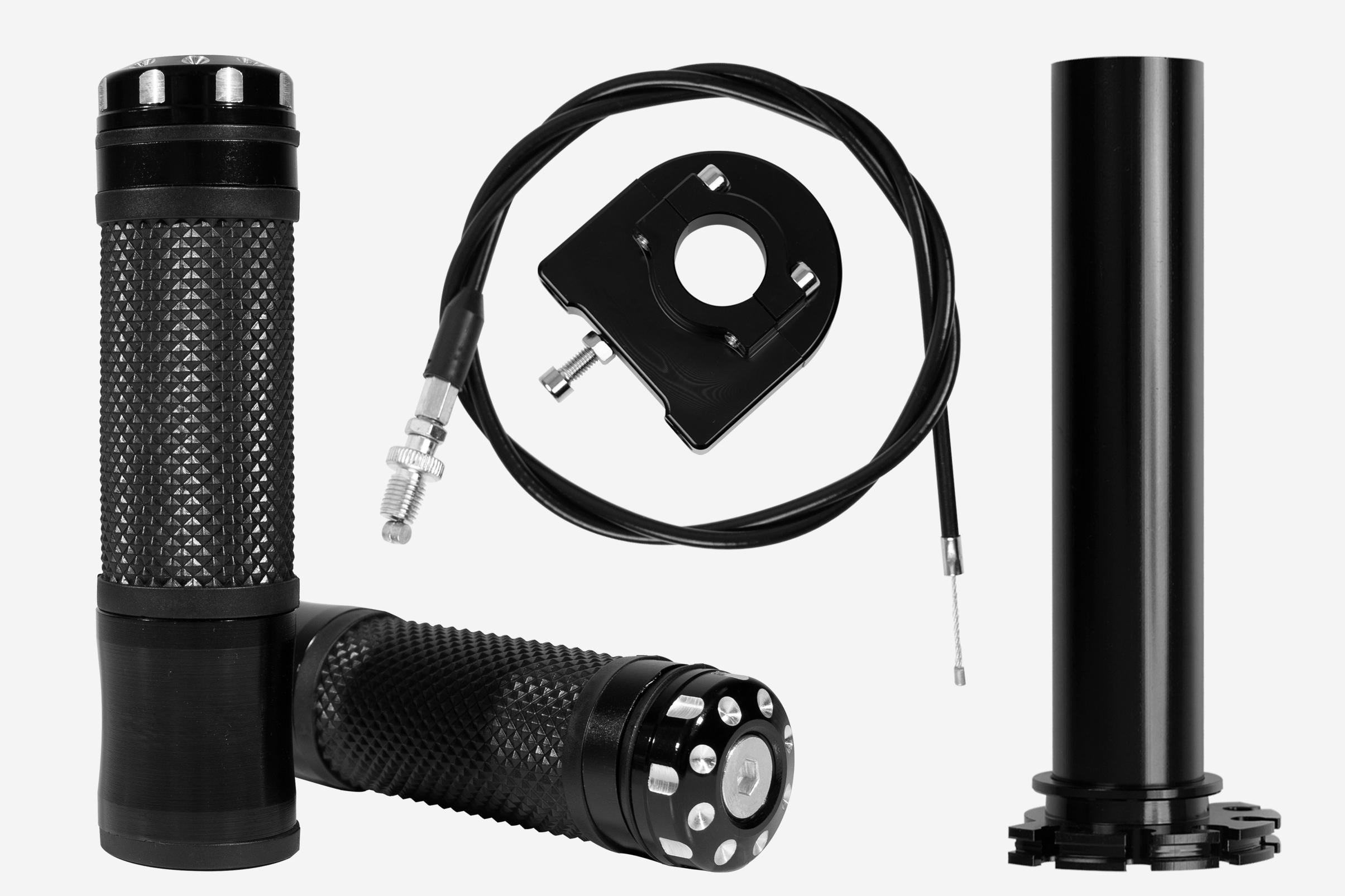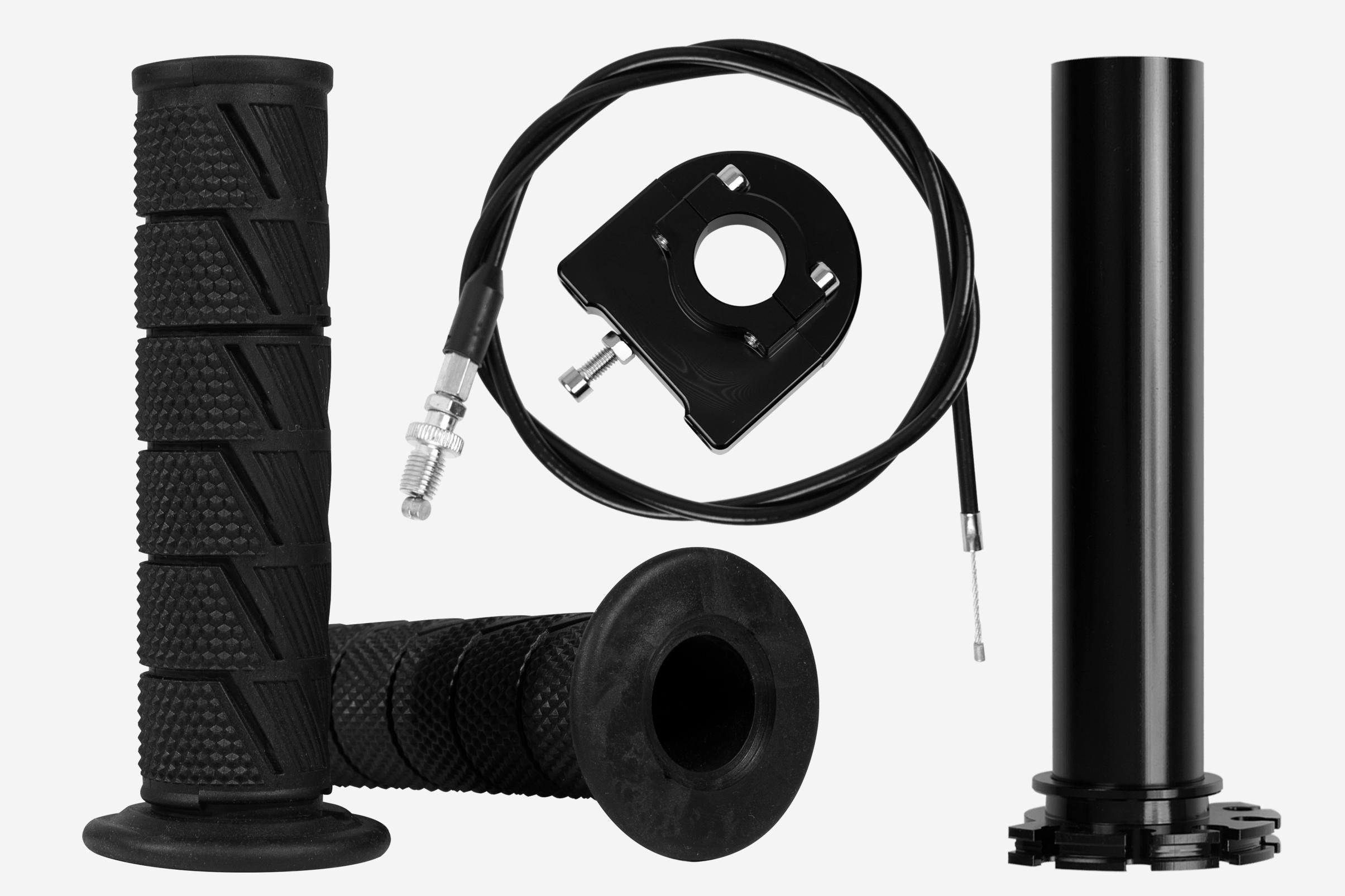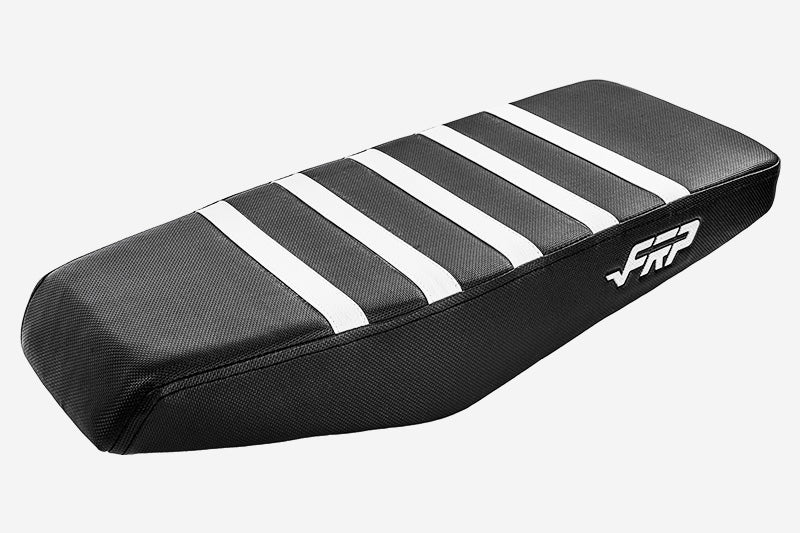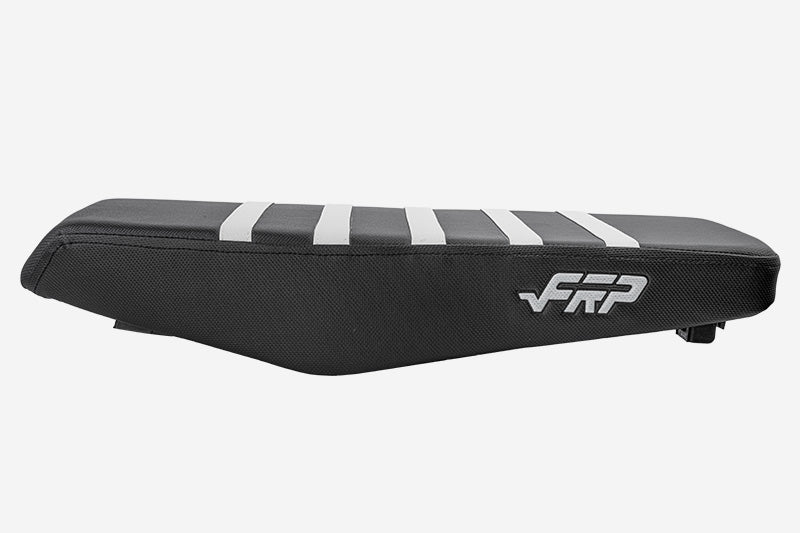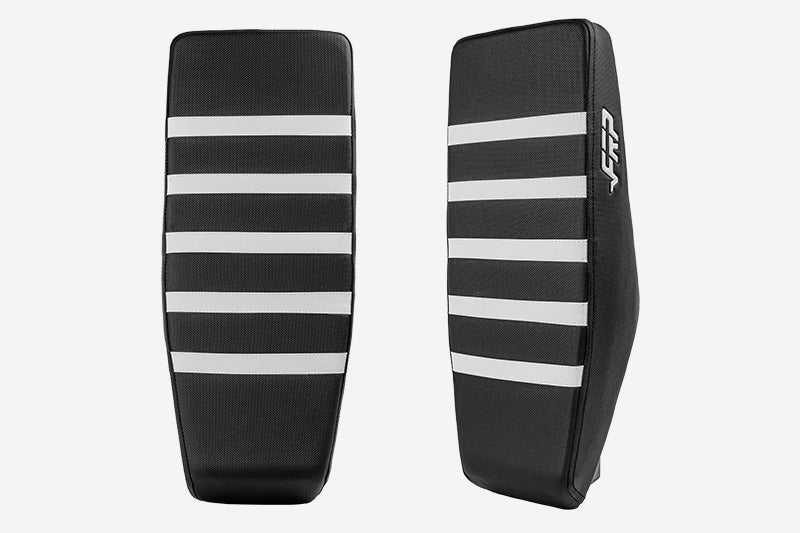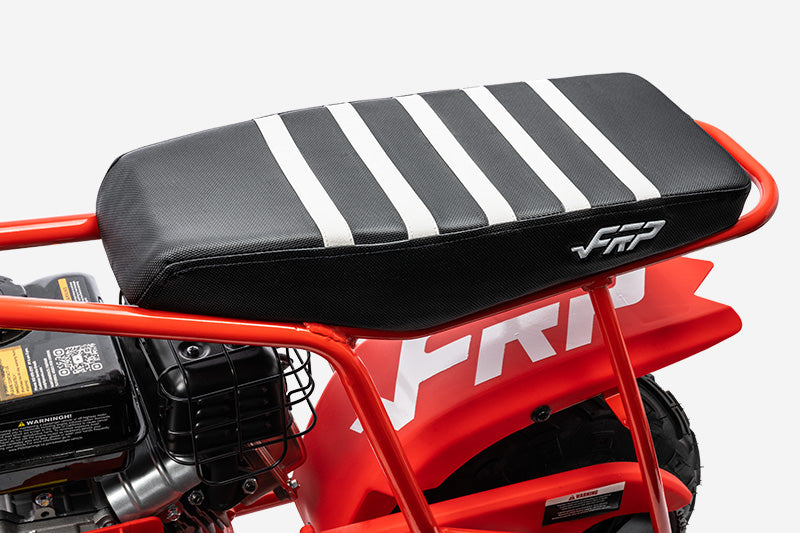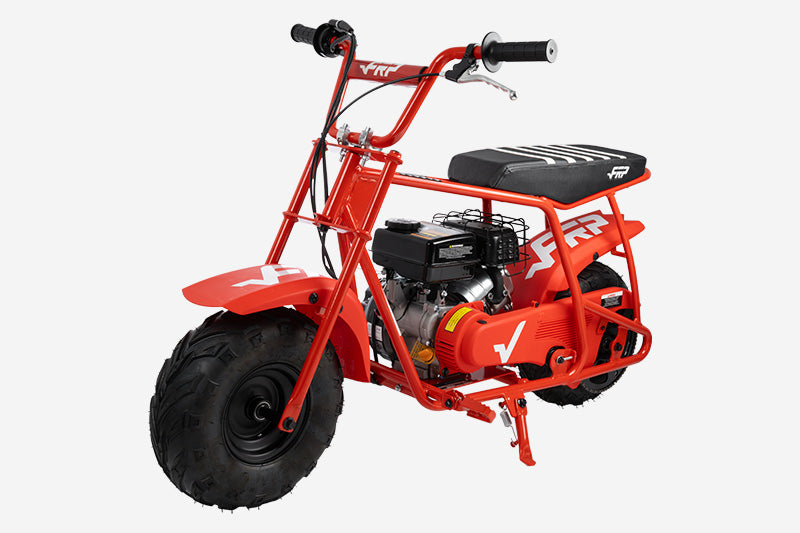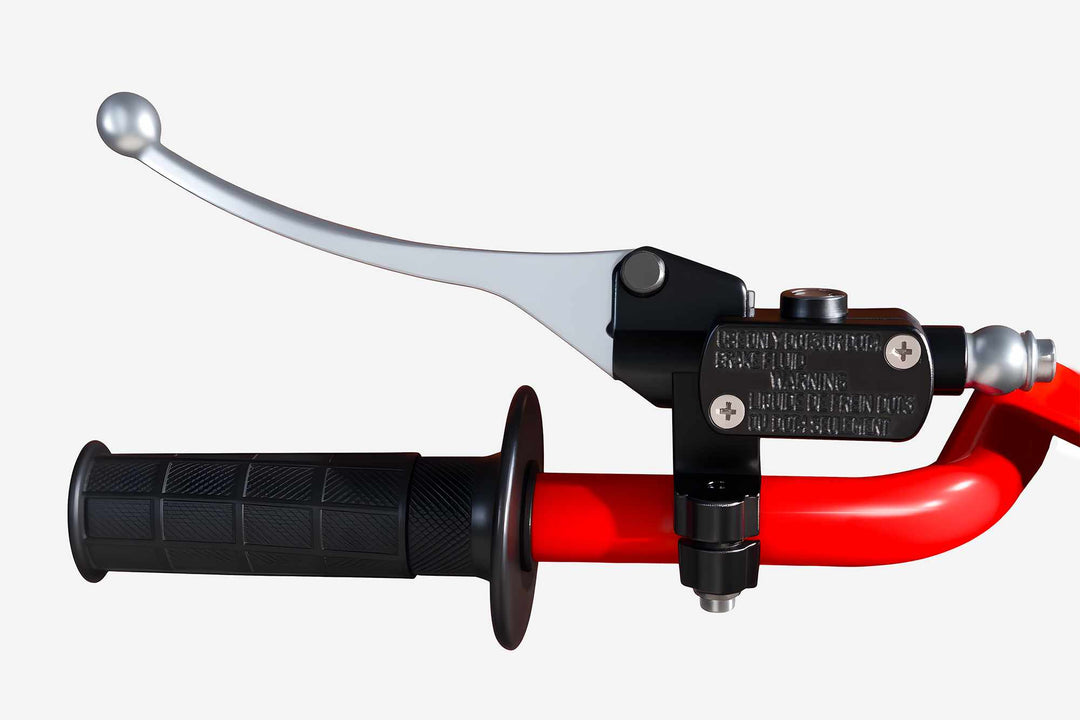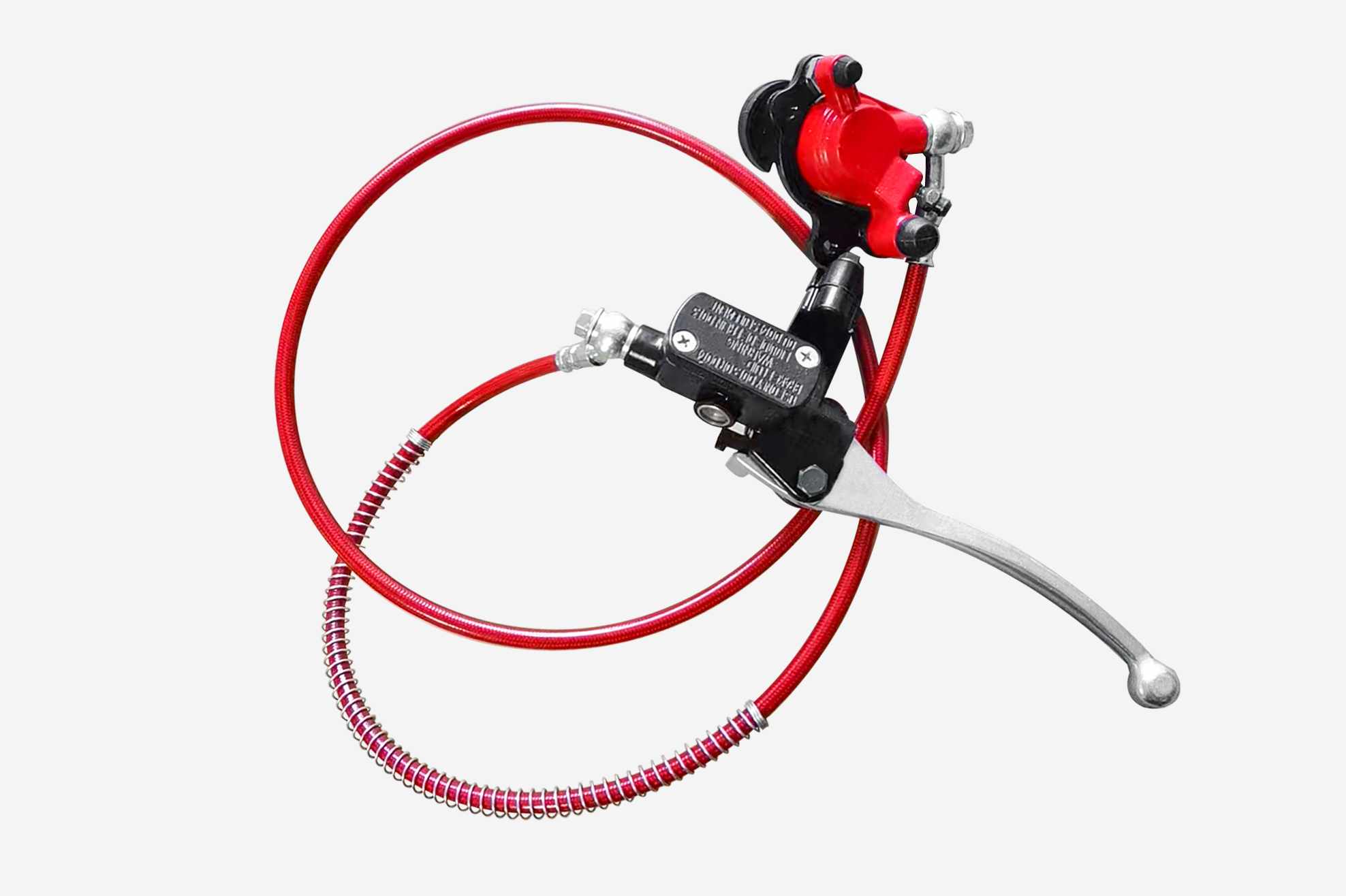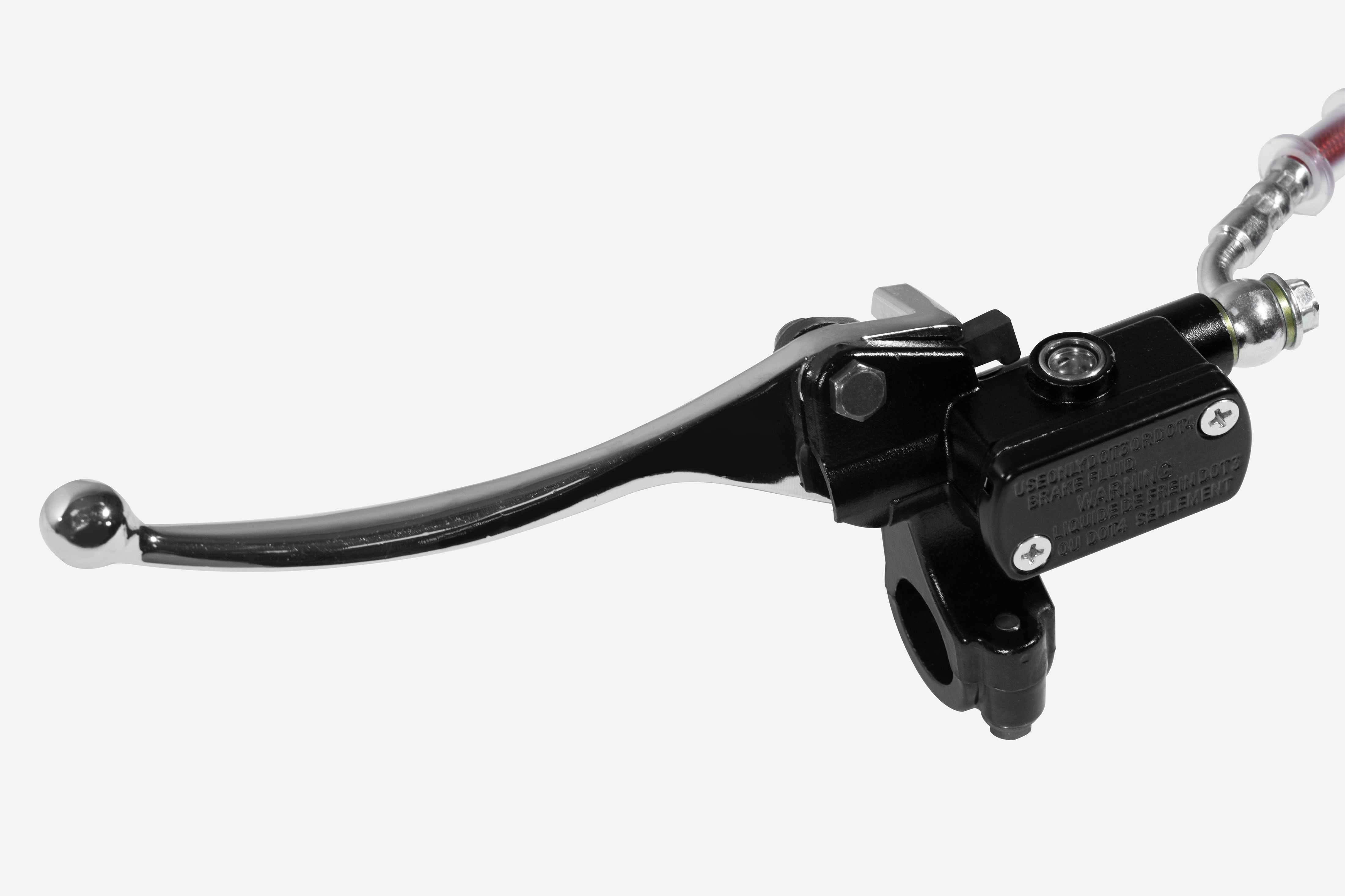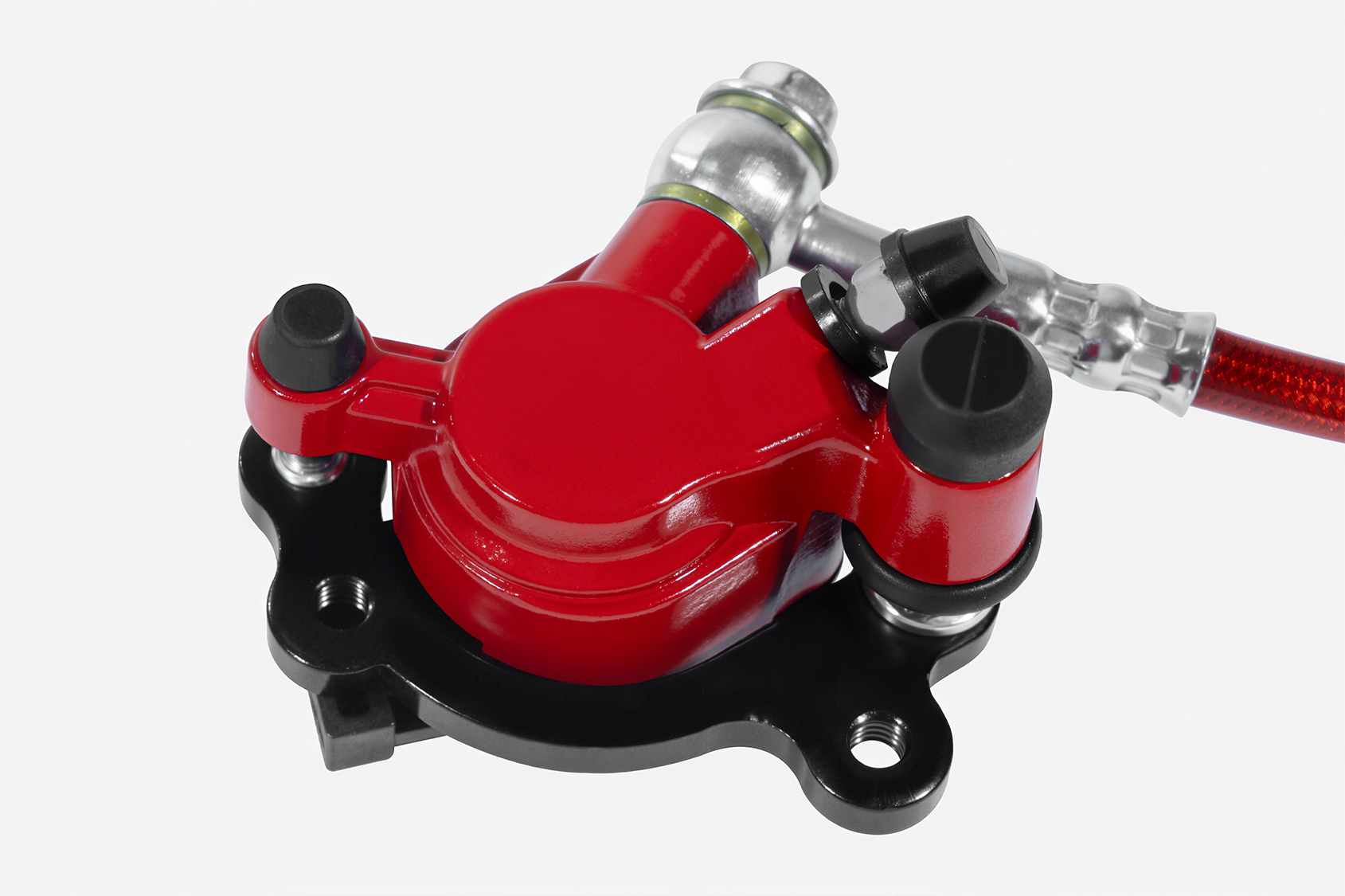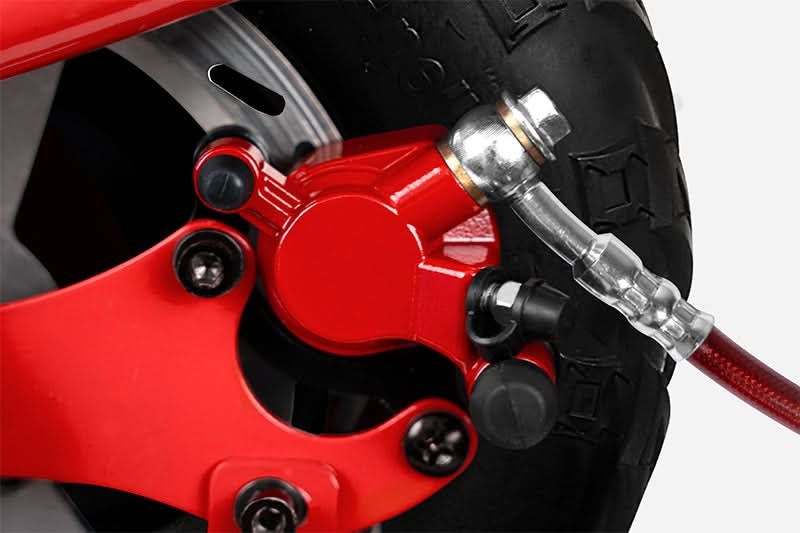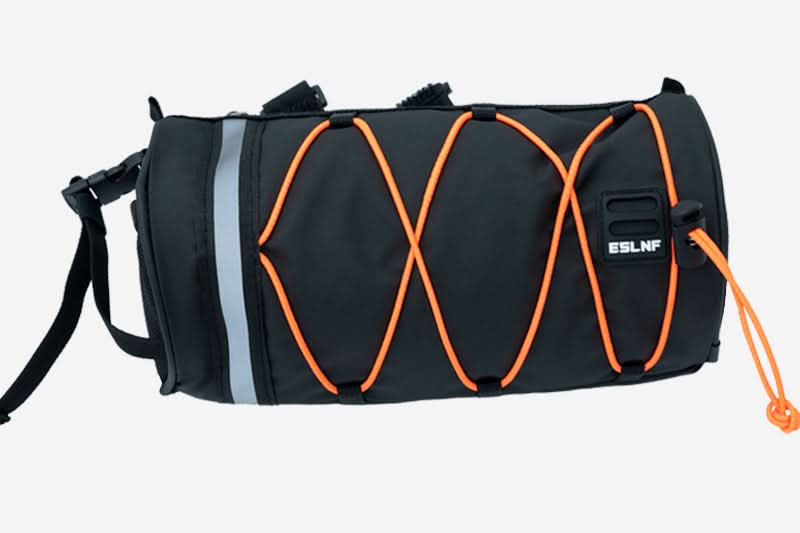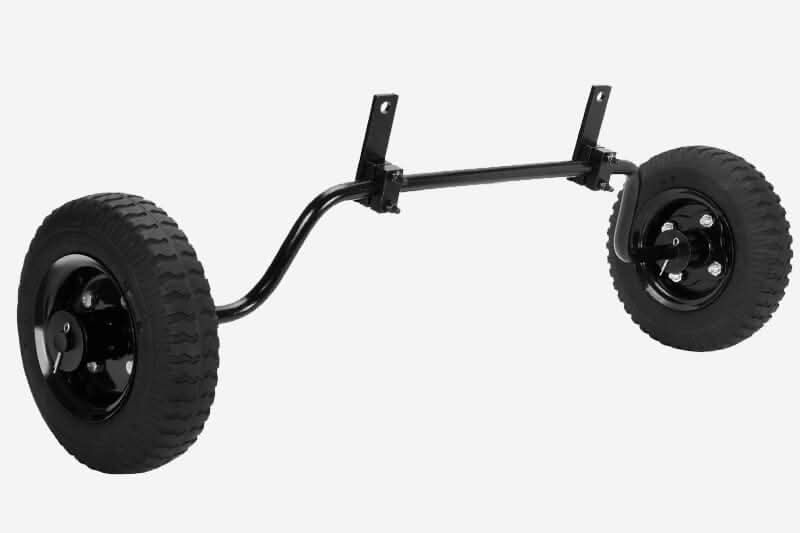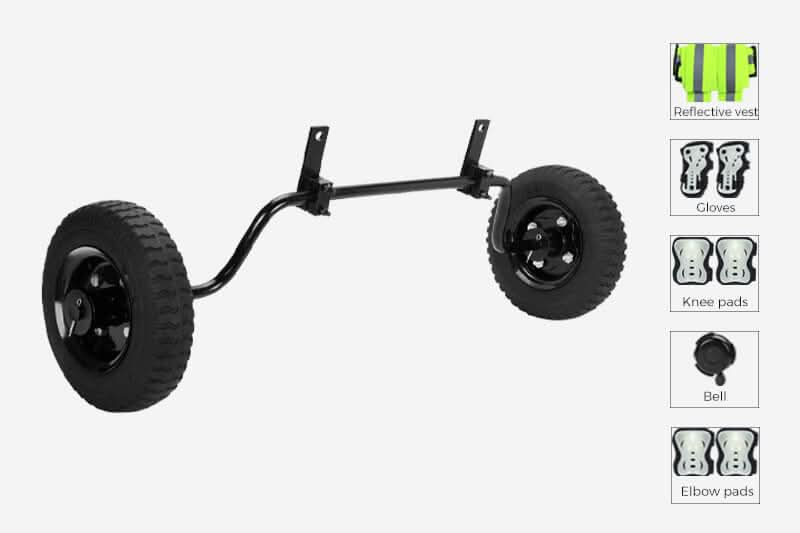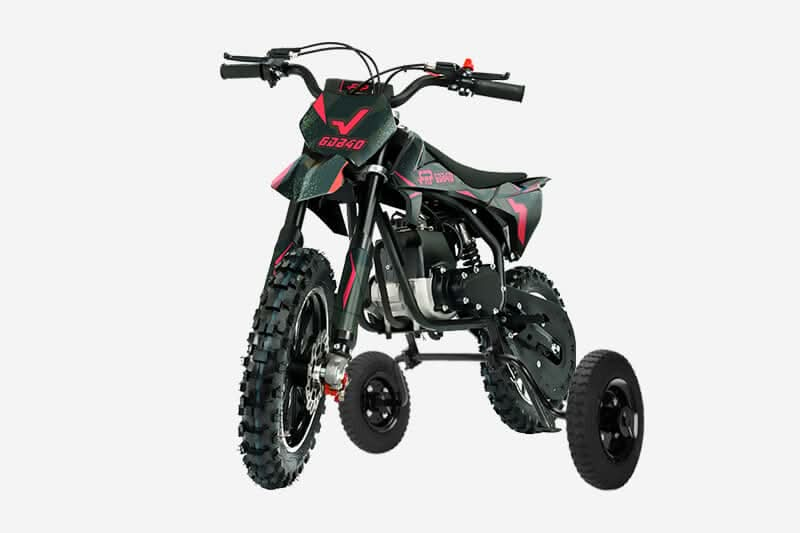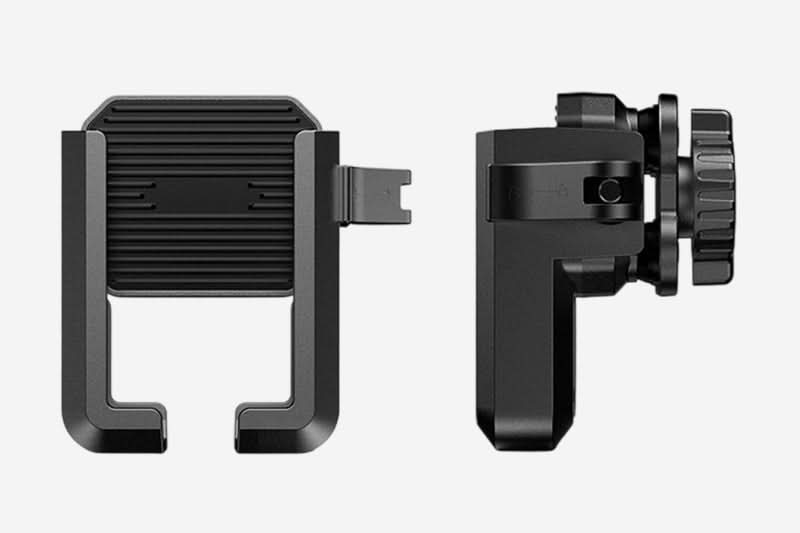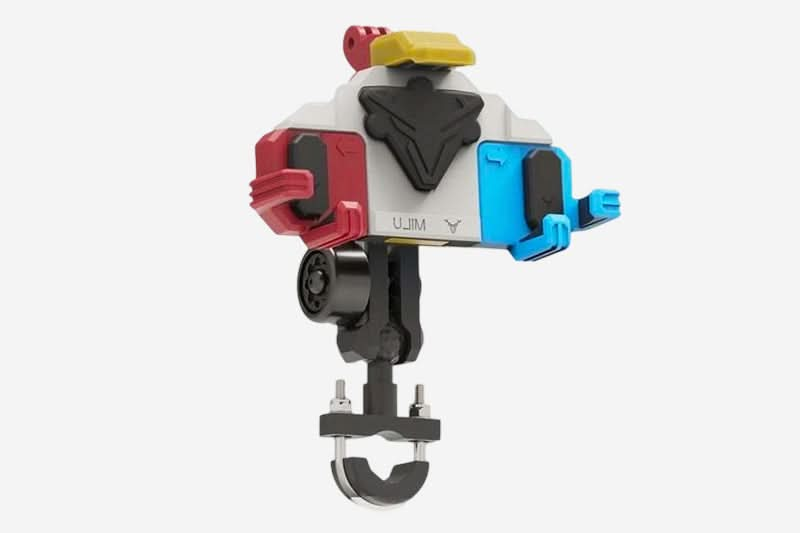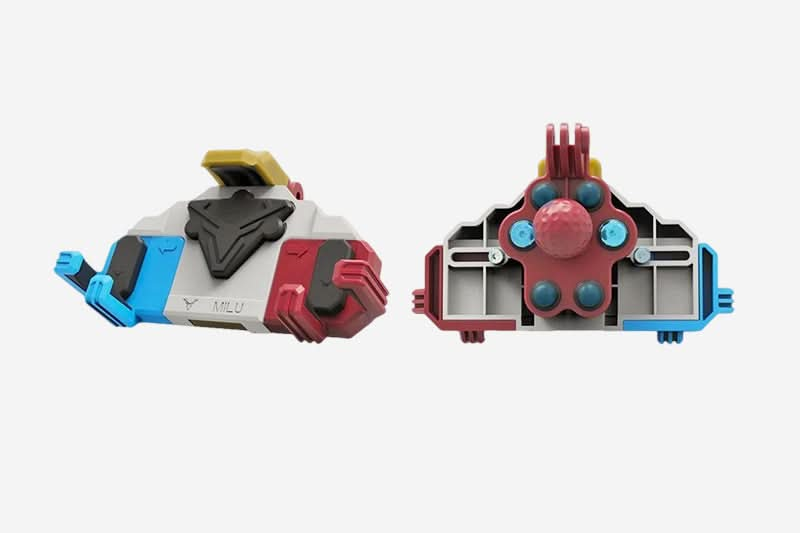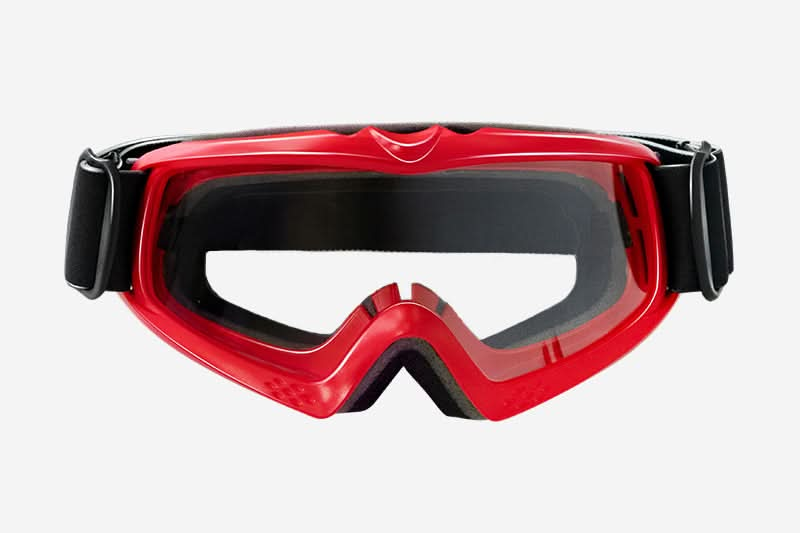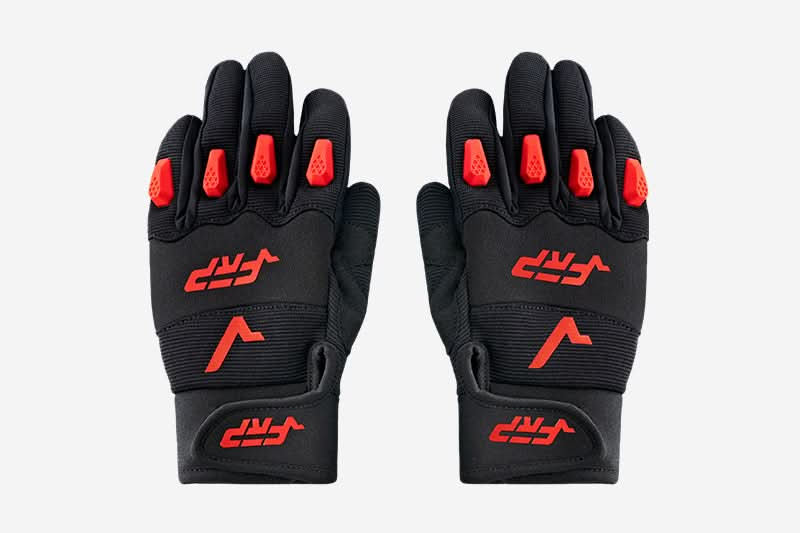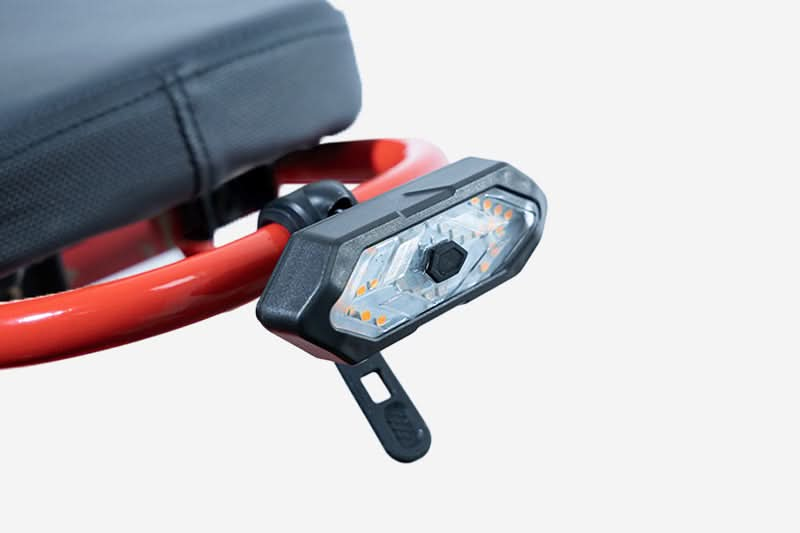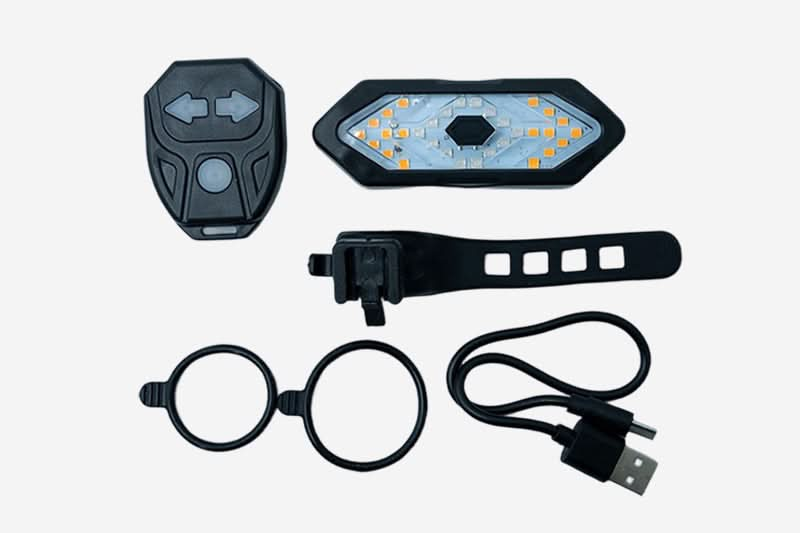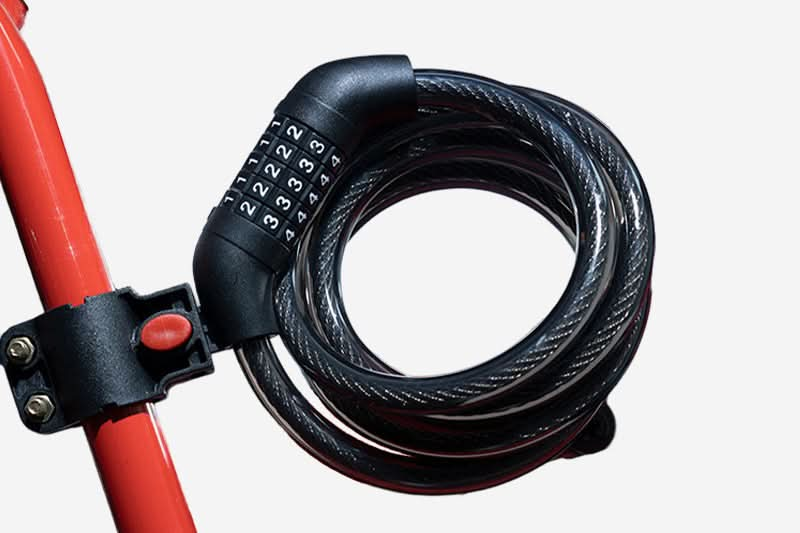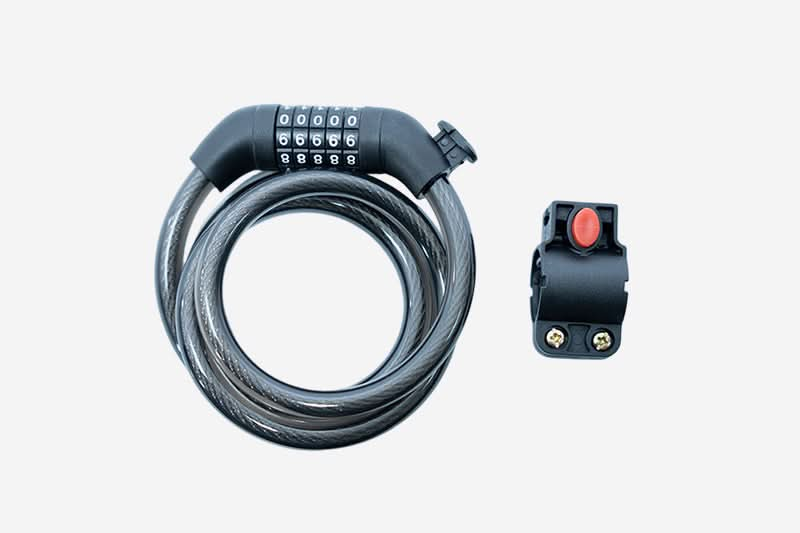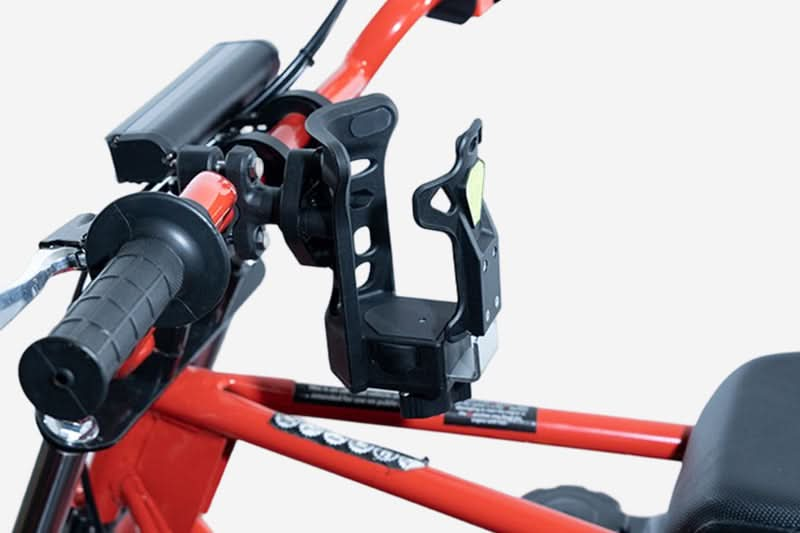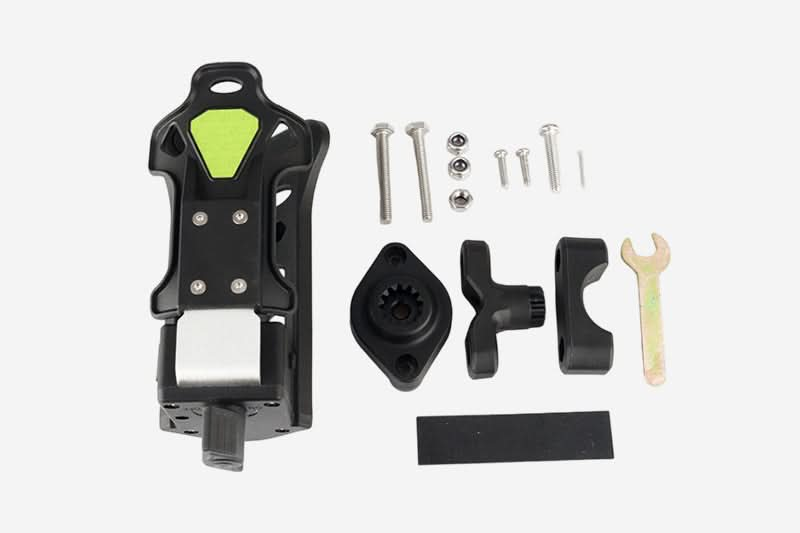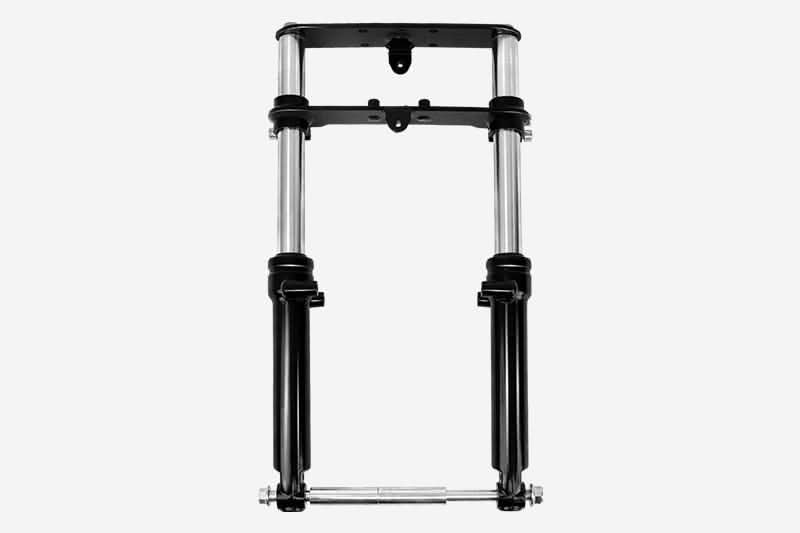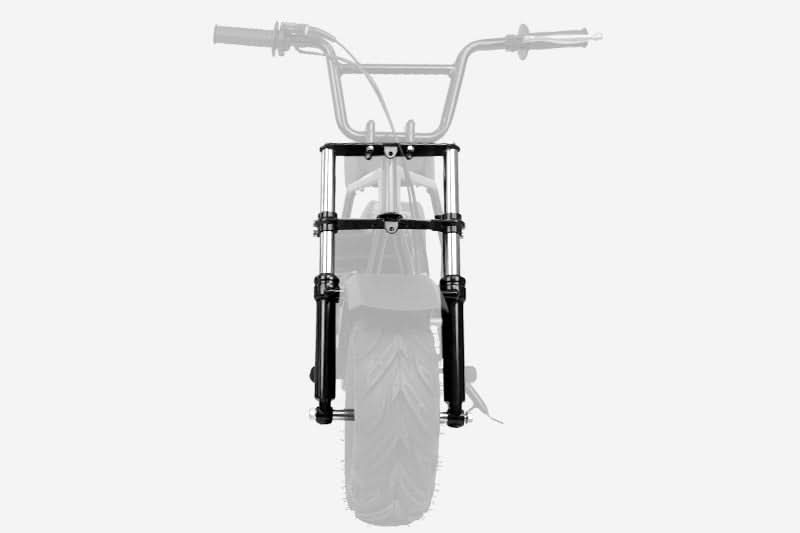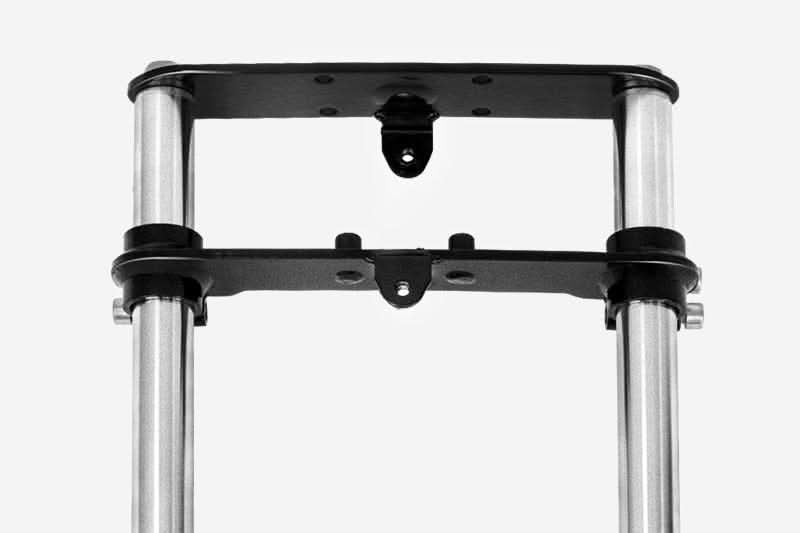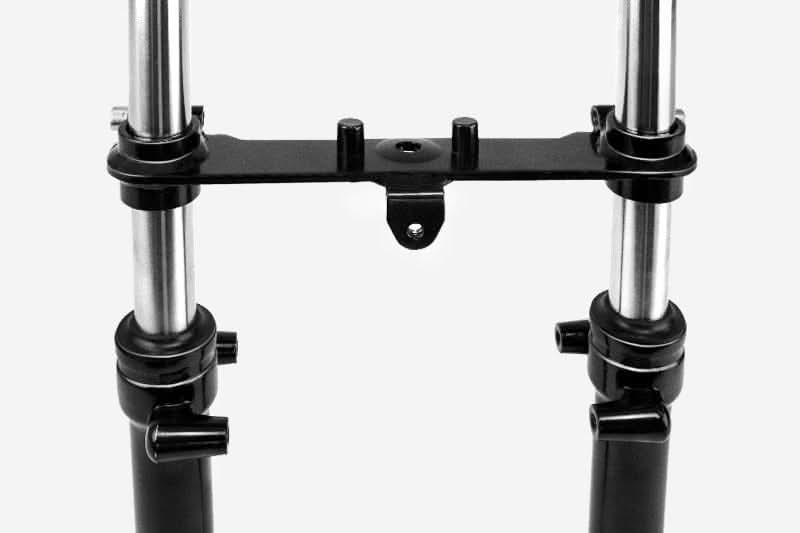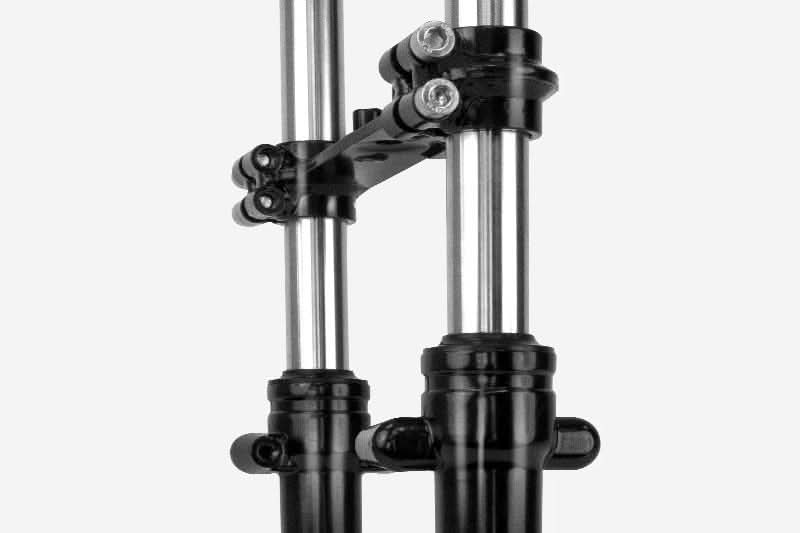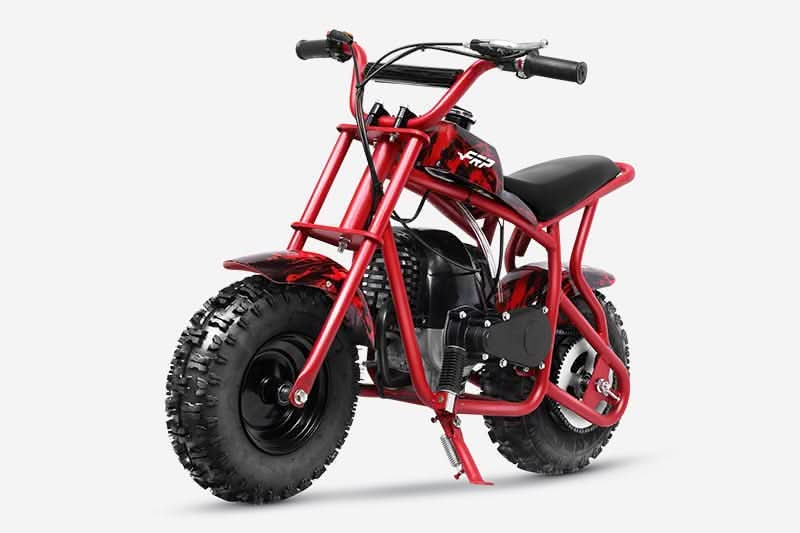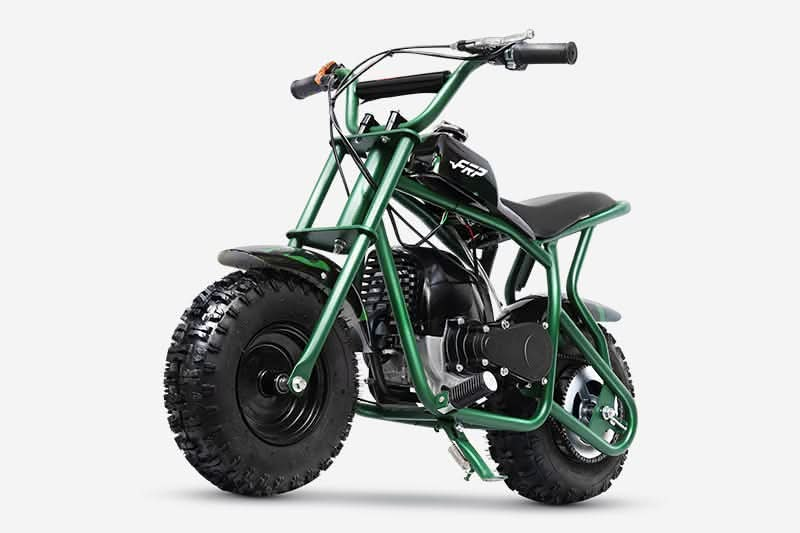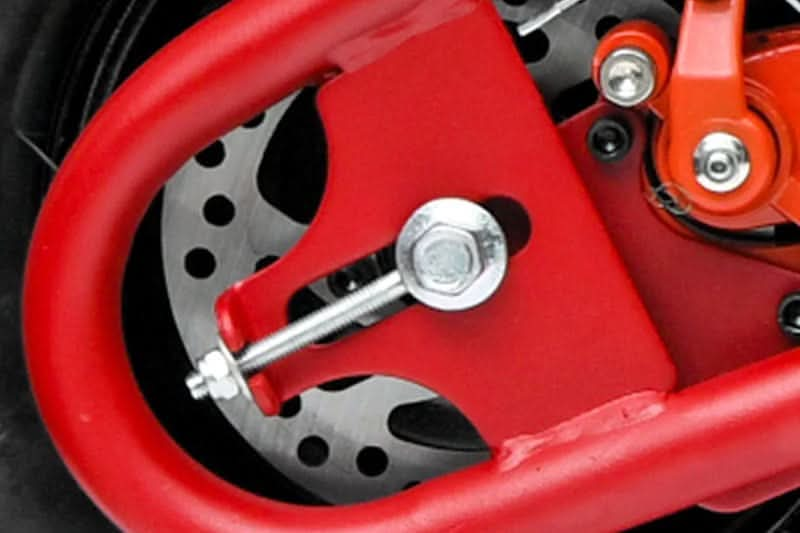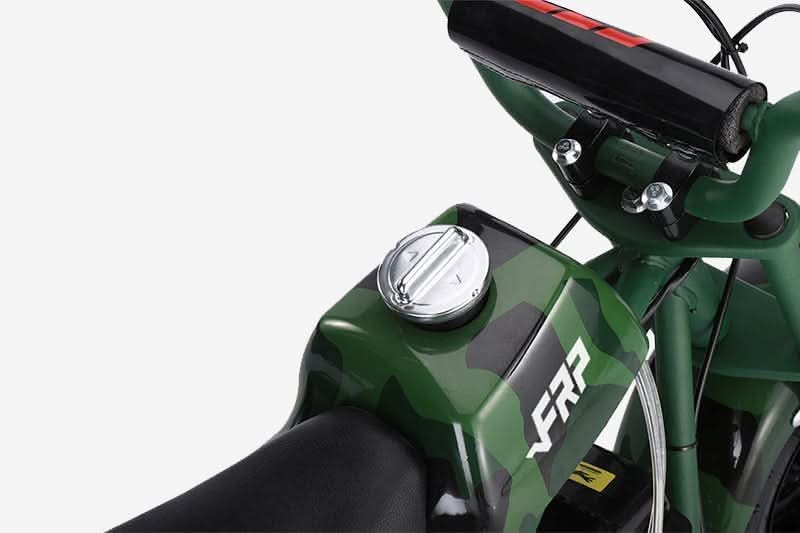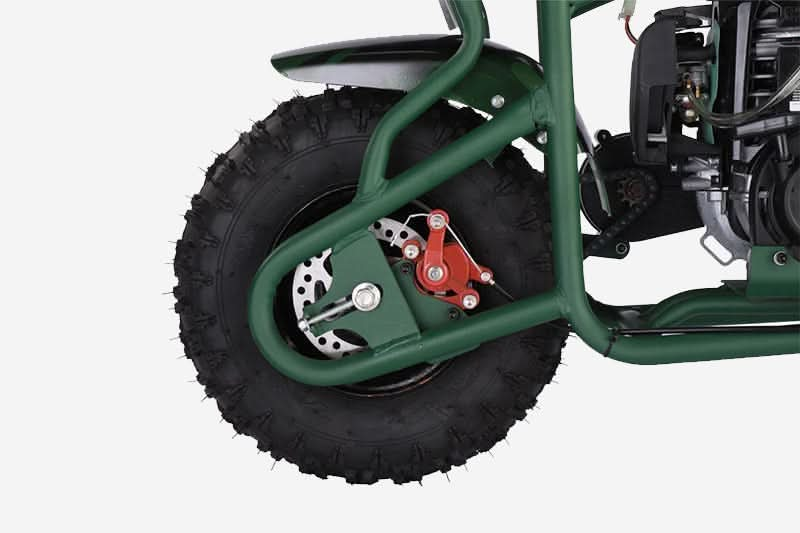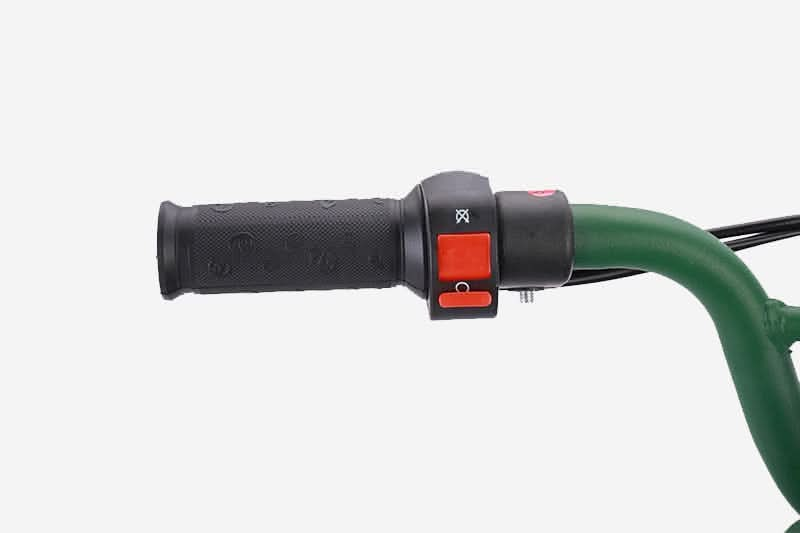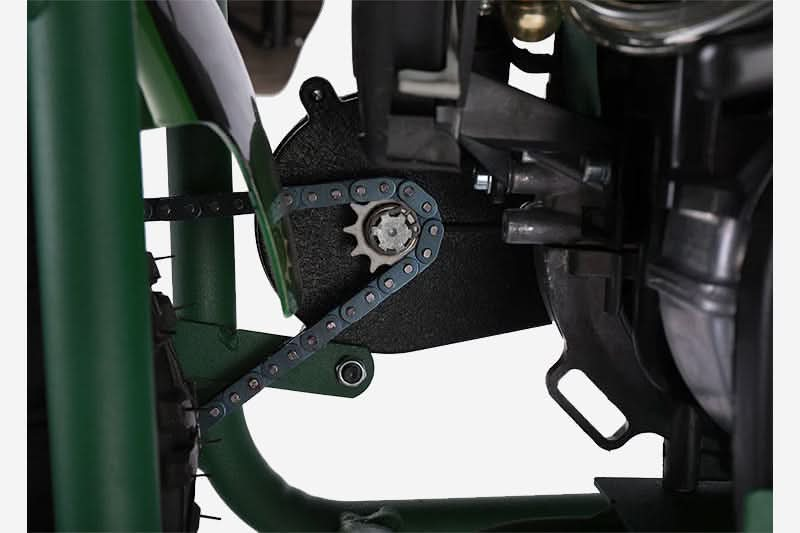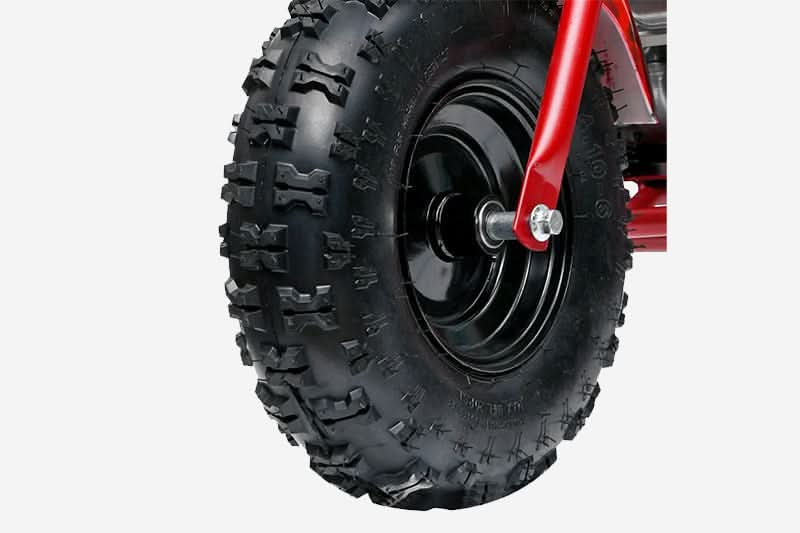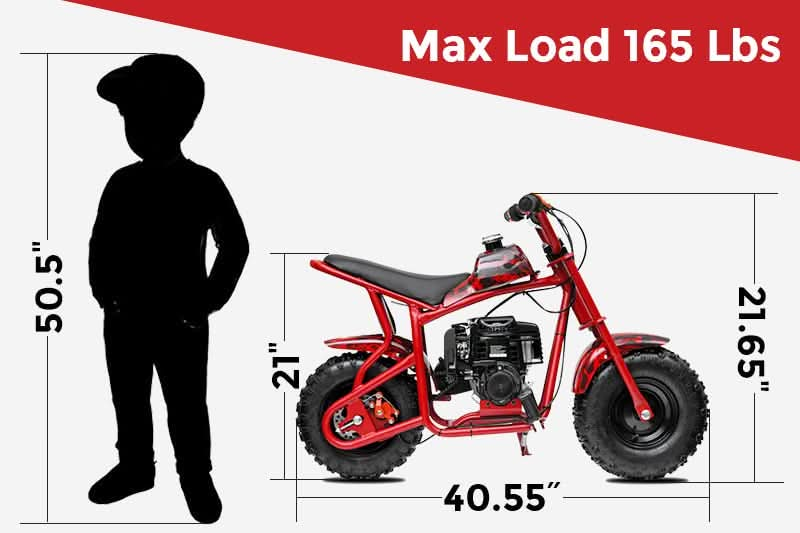The origins of dirt biking
Dirt biking, a thrilling and adrenaline-pumping motorsport that involves riding off-road on specialized motorcycles, has a rich and fascinating history that traces back to its origins. The origins of youth dirt bikes can be traced back to the early days of motorcycling, with the emergence of motocross, enduro, and trials riding as distinct disciplines that have shaped the development of the sport.
In this article, we will delve into the origins of dirt bikes for kids, exploring their roots, historical milestones, and how it has evolved into the thrilling and diverse motorsport that it is today.

Motocross
Motocross originated in Europe in the early 20th century, particularly in the United Kingdom and France. It was initially called "scrambles" and involved off-road motorcycle races on natural terrain, such as fields and forests. The first official motocross race is believed to have taken place in Camberley, Surrey, UK in 1924. The sport quickly gained popularity in Europe, with riders and enthusiasts developing their techniques and styles of riding youth dirt bikes.
Motocross races initially took place on a variety of terrains, including grass, dirt, and gravel, and were primarily held in Europe. The races were typically short, intense, and physically demanding, with riders navigating challenging tracks and obstacles. As the sport gained popularity, formal rules and regulations were established, and motocross events began to be organized at the national and international levels. The introduction of motocross as a sport in the 1940s and 1950s saw the development of dedicated tracks and specialized motocross bikes.
Motocross bikes have evolved significantly over the years to meet the demands of the sport. They are typically lightweight and nimble, with powerful engines and suspension systems designed to handle rough terrain.
Enduro
Enduro riding originated from long-distance road races that took place in Europe in the early 20th century. These races required riders to navigate through various terrains, including off-road sections, and demonstrate both speed and endurance. Over time, enduro racing evolved to become a distinct off-road discipline that combines elements of motocross and long-distance endurance riding. Enduro races are typically longer and more endurance-focused than motocross races, with riders navigating through challenging terrain, including forests, trails, and rocky paths, while adhering to specific time limits and checkpoints.
Enduro racing gradually shifted from predominantly road-based events to off-road events that required riders to demonstrate their skills in navigating through rugged terrains and overcoming obstacles, leading to the development of specialized enduro bikes with features such as larger fuel tanks, durable frames, and versatile suspension systems. Various types of enduro events present different challenges to riders. Enduro events often require riders to have good navigation skills, as they may need to follow marked or unmarked routes, locate checkpoints, and make strategic decisions about the best route to take.
Trials Riding
Trials riding has its roots in the United Kingdom, where it originated in the early 1900s to test the ability of youth dirt bike racing to climb steep hills and navigate difficult terrain. The first organized trial event is believed to have taken place in the Scottish Six Days Trial (SSDT) in 1909. Trials riding quickly gained popularity as competitive motorsport, and over the years, it has evolved into a distinct discipline with its own rules, techniques, and events.
Trials bikes are unique compared to other types of gas powered dirt bikes for kids, such as motocross and enduro bikes, in terms of their design and features. Trials bikes are typically smaller and lighter, with smaller engines and specialized frames that allow for precise control and balance. They have no seat, and the footpegs are positioned low for better stability and control while standing.
Trials riding requires a high level of technical skill, balance, and control. Riders need to have precise throttle control, body positioning, and clutch and brake control to maintain balance and maneuver through obstacles. They also need to have excellent bike handling skills and be able to read the terrain and choose the best lines to tackle the obstacles. Trials riding also demands mental focus, concentration, and strategic planning to tackle the challenges presented by the course.
Evolution of Dirt Biking
Motocross, enduro, and trial riding have significantly influenced the development of dirt biking. These disciplines have contributed to the advancement of technology, safety gear, riding techniques, and the overall popularity of the sport. The high-speed racing, technical terrain navigation, and acrobatics performed in these disciplines have pushed the boundaries of what is possible on a dirt bike, leading to innovations in bike design, suspension systems, and engine performance. The demand for specialized bikes and equipment for each discipline has spurred advancements in the industry, making dirt biking more accessible, thrilling, and competitive for riders worldwide.
Youth dirt bikes have evolved to include various disciplines beyond motocross, enduro, and trial riding. One such discipline is supercross, which is a form of motocross racing that takes place on artificially built tracks inside stadiums or arenas. Supercross tracks are characterized by their technical jumps, rhythm sections, and tight corners, which require high levels of skill and precision. Supercross has gained immense popularity due to its spectator-friendly format and exciting racing action. As to choosing the right dirt bike for kids, it is better to start with mini dirt bikes, and an FRP dirt bike is a good choice.
Conclusion
In conclusion, motocross, enduro, and trial riding, along with the emergence of disciplines like supercross and freestyle motocross, have influenced the development of dirt biking, leading to advancements in bike design, safety gear, training programs, and overall popularity. The growth and continued evolution of the sport can be seen in the adoption of new technologies, the expansion of disciplines, and the increasing global appeal of dirt biking as exciting and competitive motorsport.




